Information for Choosing Sites for Wild-Planting Seeds
by Connie Barlow
For information and references on the flowers, fruit, pollinators,
Pawpaw Ecological Survey in Michigan
Later sections of this page will explore possibilities for wild planting in locations where pawpaw could thrive but are missing.
IDEAL PLANTING SITES include ecologically damaged forests
ABOVE: Pawpaw has a taproot, so it cannot grow in the flood zone of a river. Connie Barlow is touching stems of the portion of the pawpaw patch closest to the Saline River, which is growing on the first rise. (December 2020)
ABOVE: A bit downstream from the previous photo, these two pawpaw stems are on the first rise barely above this very high flood stage. All green leaves in the foreground are pawpaw leaves. Pawpaw stems can grow very close together because, technically, they are the same individual tree. The photo below shows why. (September 2021)
.
ABOVE: Pawpaw "patches" are formed primarily from vegetative stems (not roots) that grow horizontally just below the surface, and then send up a new vertical stem some small or moderate distance away. Apparently, the horizontal stems cannot grow through even small depressions that periodically flood. (December 2020)
ABOVE and BELOW: The vertical stems themselves live for no more than about 50 or 60 years — and usually lean quite a bit out of the vertical. Even so, the patch as a whole can be centuries old (May 2021).
ABOVE and BELOW: Pawpaw annually regrows its large leaves, such that spring ephemerals find excellent and long-lasting habitat. (May 2021)
ABOVE: By the beginning of autumn, when the fruits begin to ripen, late-season ephemerals, such as nettles, have taken the place of the spring ephemerals. (24 September 2021)
ABOVE: Because this family of plants (Annonaceae) evolved many of its species long ago, pawpaw forged a relationship primarily with mammals large enough to swallow the big seeds whole along with the pulp. Passage through the animal's digestive system was not only a great way to achieve potentially long-distance seed dispersal, but a lump of fertilizer was an additional gift wherever the seeds were deposited. For the past 10,000 years bears and humans have become the primary seed dispersers.
ABOVE: Experiencing an old-growth pawpaw patch (an ongoing mixture of old and new stems) is like nothing else in this region. Annonaceae is a huge family of tropical and subtropical plants, often with very large fruits (e.g., Cherimoya). No other species in that family extends as far poleward beyond the tropics as does Asimen on Turtle Island.
ABOVE: Connie Barlow filmed and posted a 36-minute video that shows this patch (in great detail) along the Saline River primarily during the fruiting season.
WILD PLANTING PAWPAW SEEDS INTO FORESTS
IDEAL PLANTING SITES include ecologically damaged forests
1. Planting Pawpaw in Upland Forests
ABOVE: Planting pawpaw seeds into upland forest in — within days of eating the fruit that had been gathered at a U-pick orchard in southern Michigan. (November 3, 2020)
ABOVE: Marc Boone planted a pawpaw orchard nearly 30 years ago, near Ann Arbor in southern Michigan. This was an October U-pick day, so the leaves are turning yellow. Notice how short the pawpaws are, compared to the mature Sugar Maple tree in the background. (He mows around each tree to prevent new stems from popping up and turning the orchard rows into a patch.)
ABOVE: A "rewilded" pawpaw is the green-leaved little tree at the center of this photo. Did a raccoon carry a pawpaw fruit into Marc Boone's forest?
ABOVE and BELOW: The Thornapple River viewed from midslope where the seeds will be planted.
ABOVE: The cemetery begins at the top of the slope, as visible in the upper right. Connie took this photograph standing midslope where she will begin planting. An advantage of planting pawpaw seeds here is that (a) if civilization continues, the cemetery will remain as a guard against development that might harm the slope, and (b) wise people keep a steep river slope intact to prevent erosion.
ABOVE: The deer trail that Connie used for traversing the slope while planting is visible in this photo. Pawpaw is an ideal native plant to help restore a forest wherever deer are unnaturally abundant; pawpaw stems and leaves are too poisonous for even winter-hungry deer to browse.
ABOVE and BELOW: These herbs indicate a healthy deciduous forest that has created rich soil and is well drained — and thus is also ideal pawpaw habitat.
ABOVE: For anyone vulnerable to poison ivy, a June planting is an ideal time to plant pawpaw seeds. At this time of year, the leaves of poison ivy are visible. Poison ivy cannot grow into vines when a seed falls onto a summer-shaded forest floor such as this. But it can germinate from a berry dropped or defecated by a bird. It will not live for long. Notice several examples of small poison ivy plants in this photo.
ABOVE and BELOW: Subcanopy ferns are also good indicators for planting pawpaw seeds. A portion of Maidenhair Fern is visible in the lower left corner above, and in its full glory in the photo below.
ABOVE: Connie had intended to initiate an experimental planting of pawpaw seeds on the slope shown in this photo of the Huron River, where it passes through Ypsilanti, Michigan. The red star is next to a large, leaning walnut tree that signifies good habitat.
ABOVE: A telephoto view of the large walnut tree, taken from the park on the floodplain side of the river. This slope contains building materials, rocks, and some old furniture tossed over the slope through the years, and in various stages of decomposition and burial. (December 2021)
BELOW: Directly above the horizontal white pipe in the previous photo can be found one young evergreen English yew (center of below photo, November 2021). Yews were planted long ago as landscaping for many churches, homes, and other buildings in Ypsilanti. On the outskirts of the city, however, deer have recently become so abundant that yews are browsed down to the stems of the lower reaches — and no new plantings of yew can establish. Thus, when Connie saw this young horticultural yew with no sign of browsing, she opted to plant another subcanopy tree (Florida Torreya, which is a member of the yew family), as elsewhere in Michigan it requires fencing to keep the deer away. (Connie initiated a pawpaw-seed planting experiment elsewhere along this river where deer are very abundant.)
ABOVE: A video clip of Connie standing by the little yew and speaking about the importance of establishing a "climate adaptation" seed-planting experiment on this river slope is the final 4 minutes of this VIDEO:
original in 2022
native range, and other ecological aspects of this SUBCANOPY tree, see
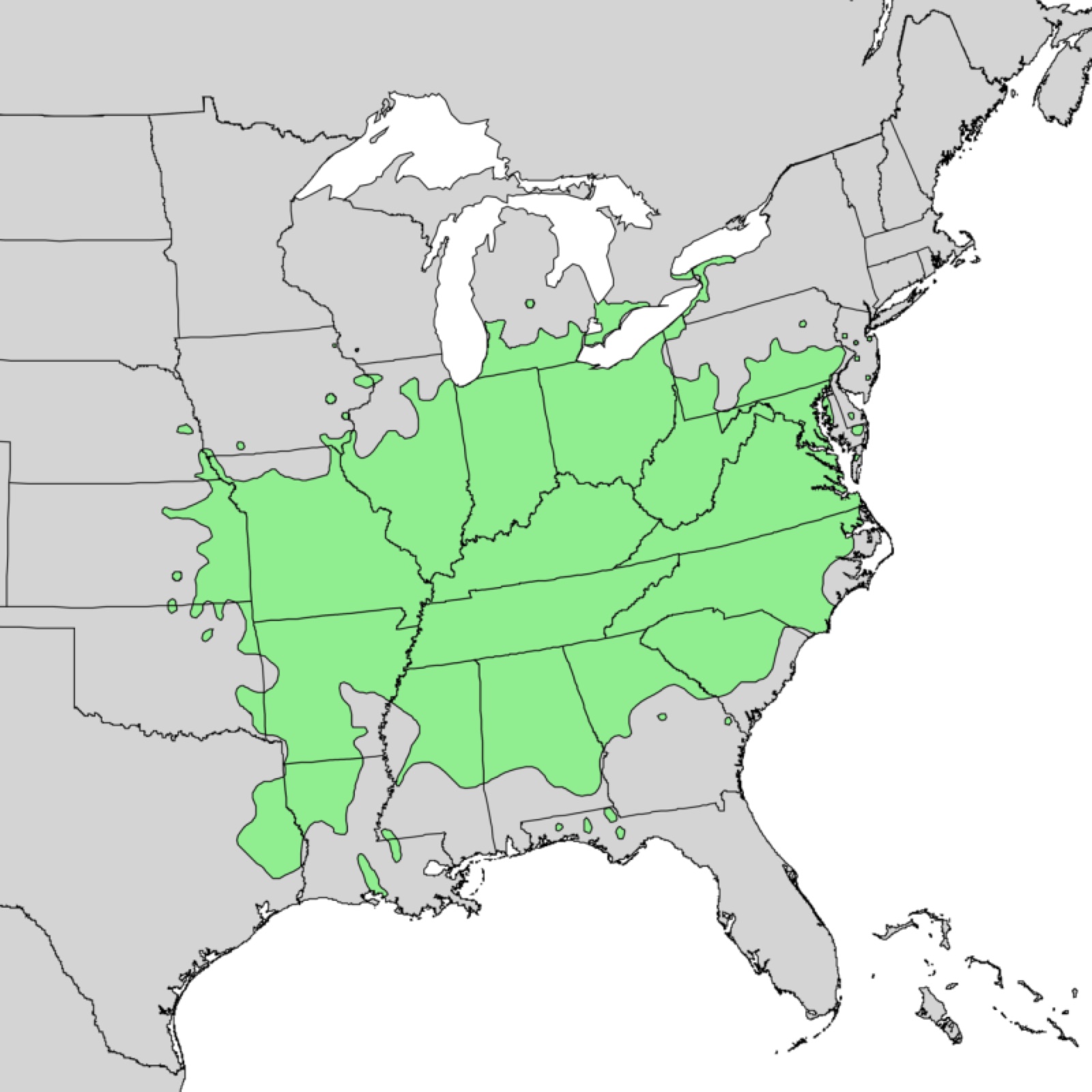
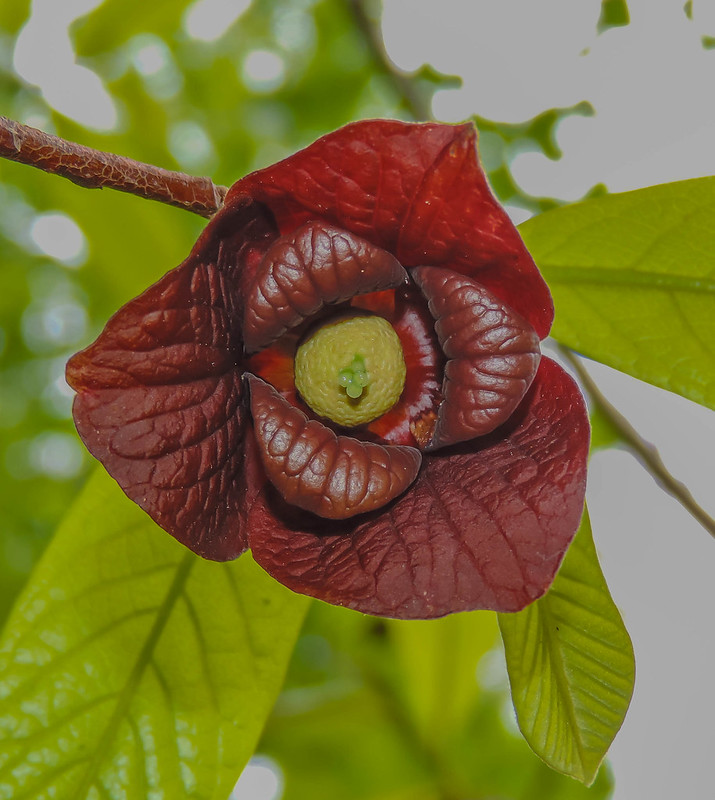
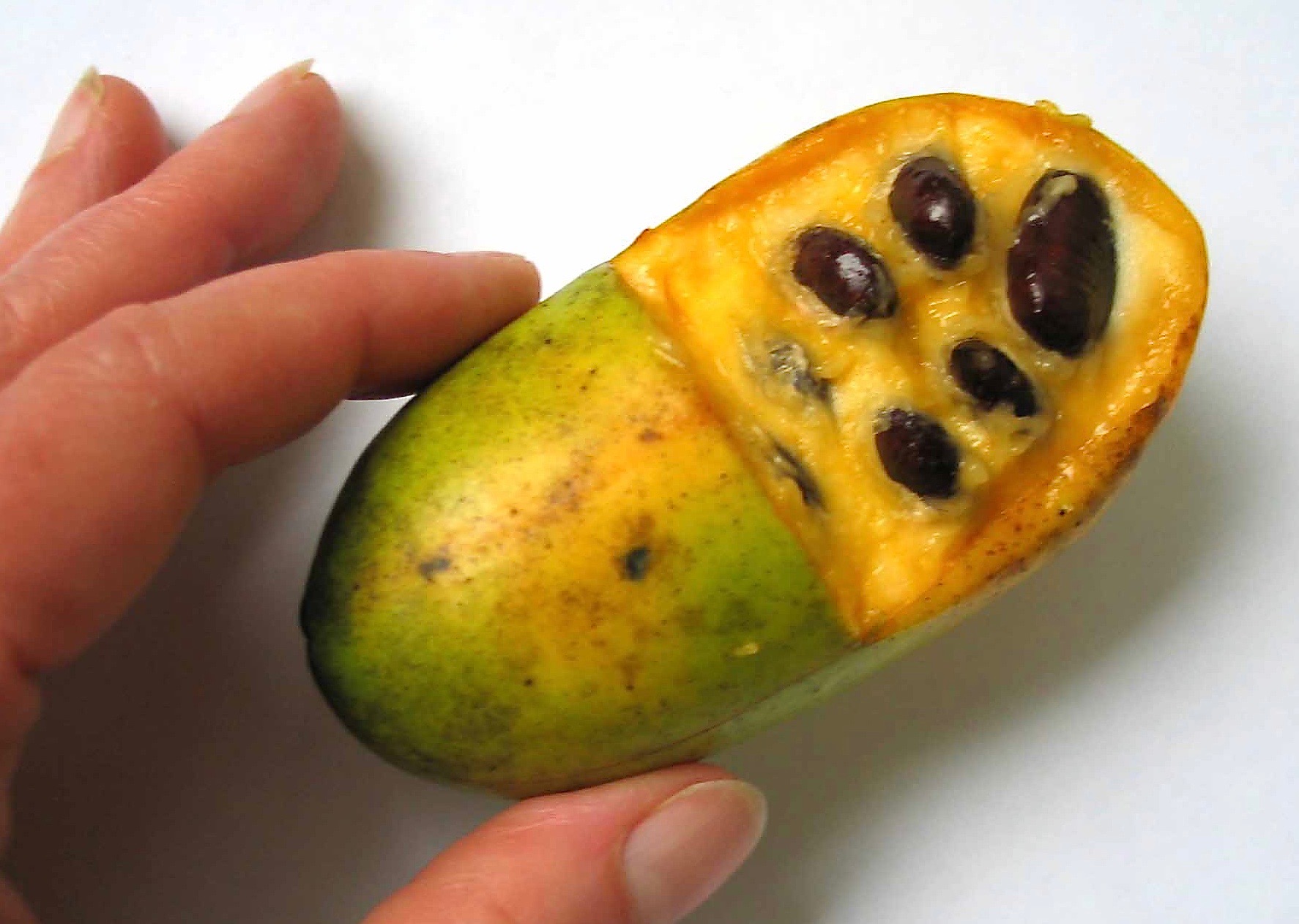
Pawpaw Patch along the Saline River of southern Michigan
where overpopulated deer have plundered edible saplings of native trees.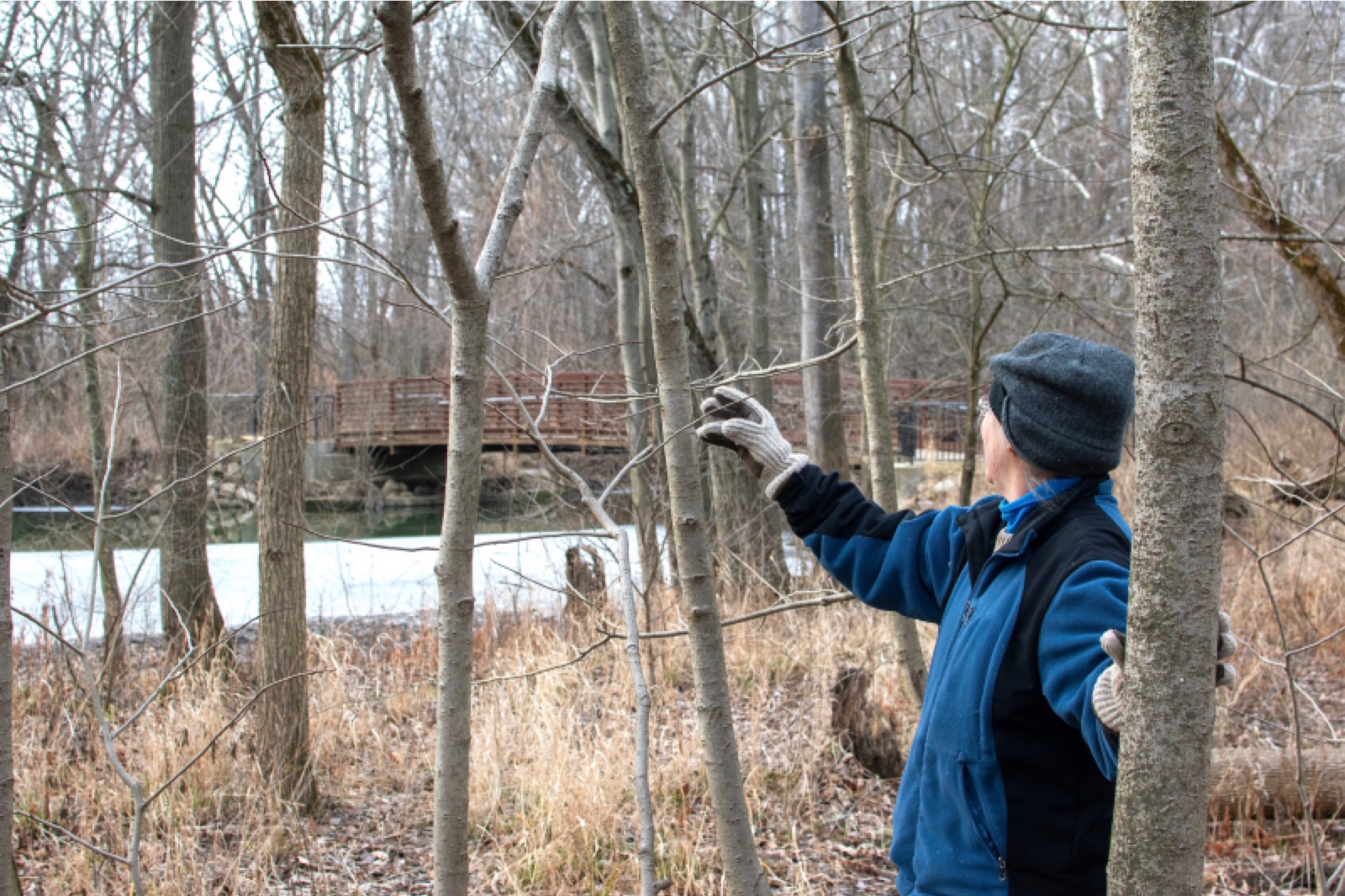
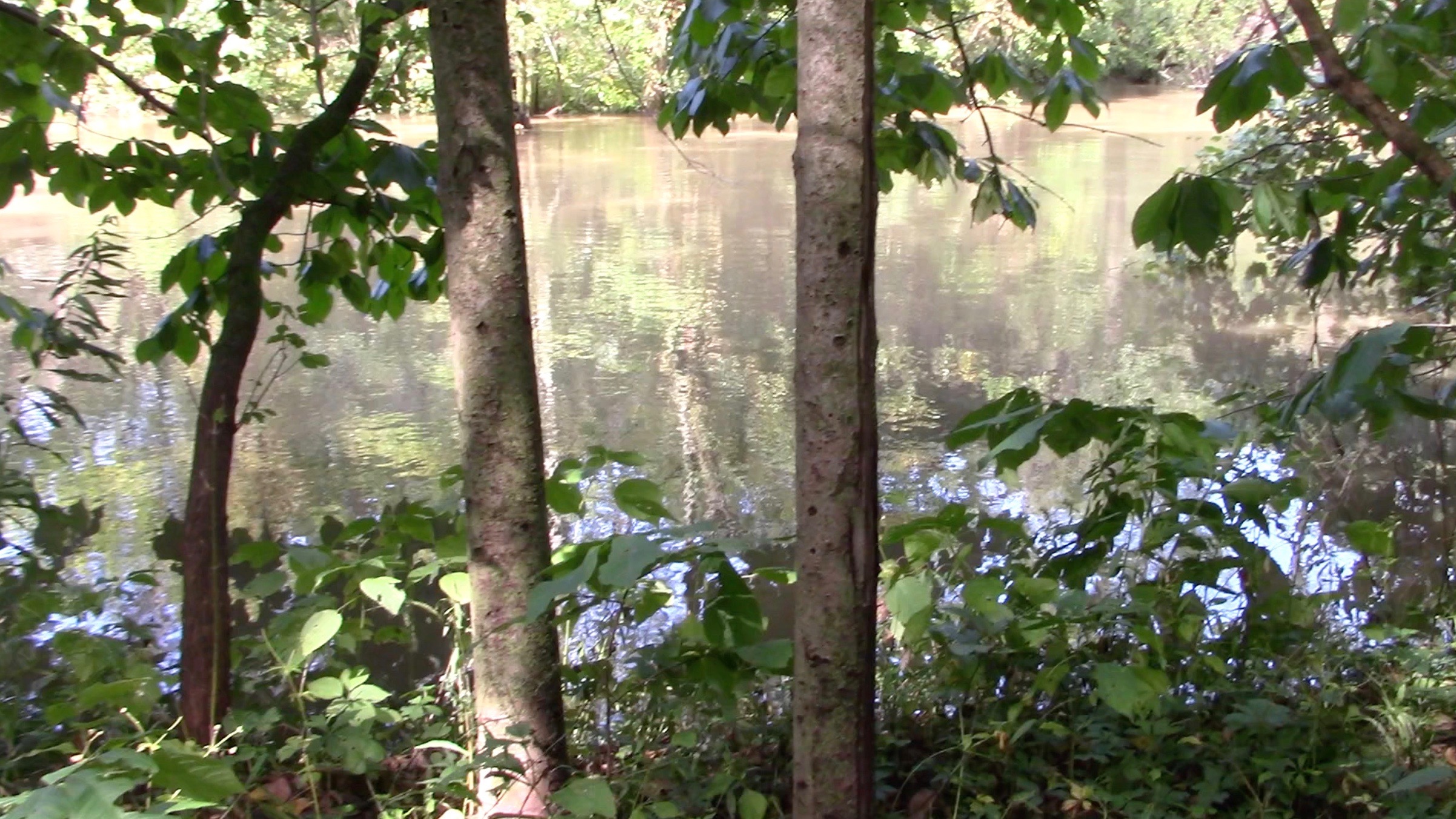
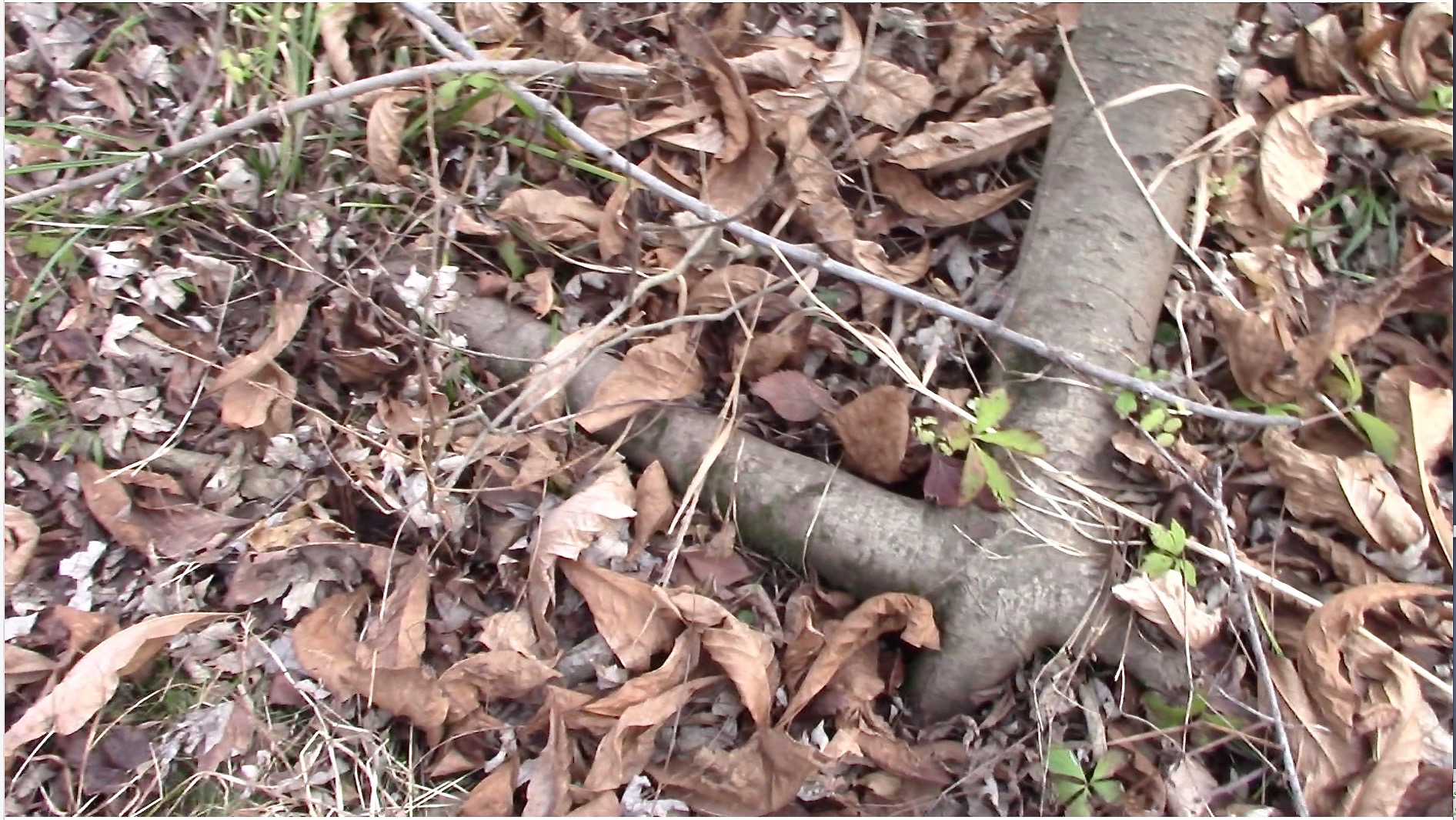
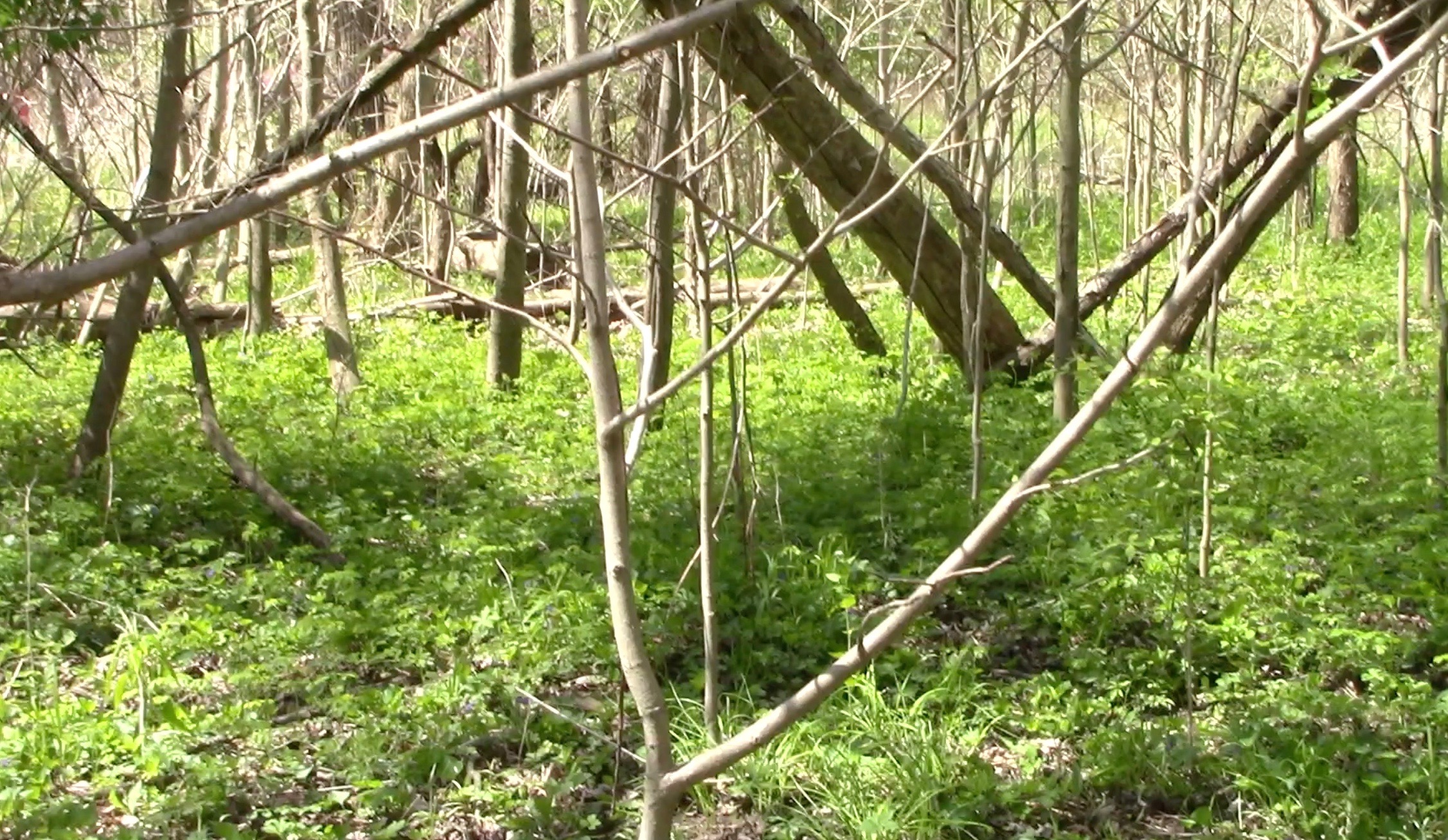
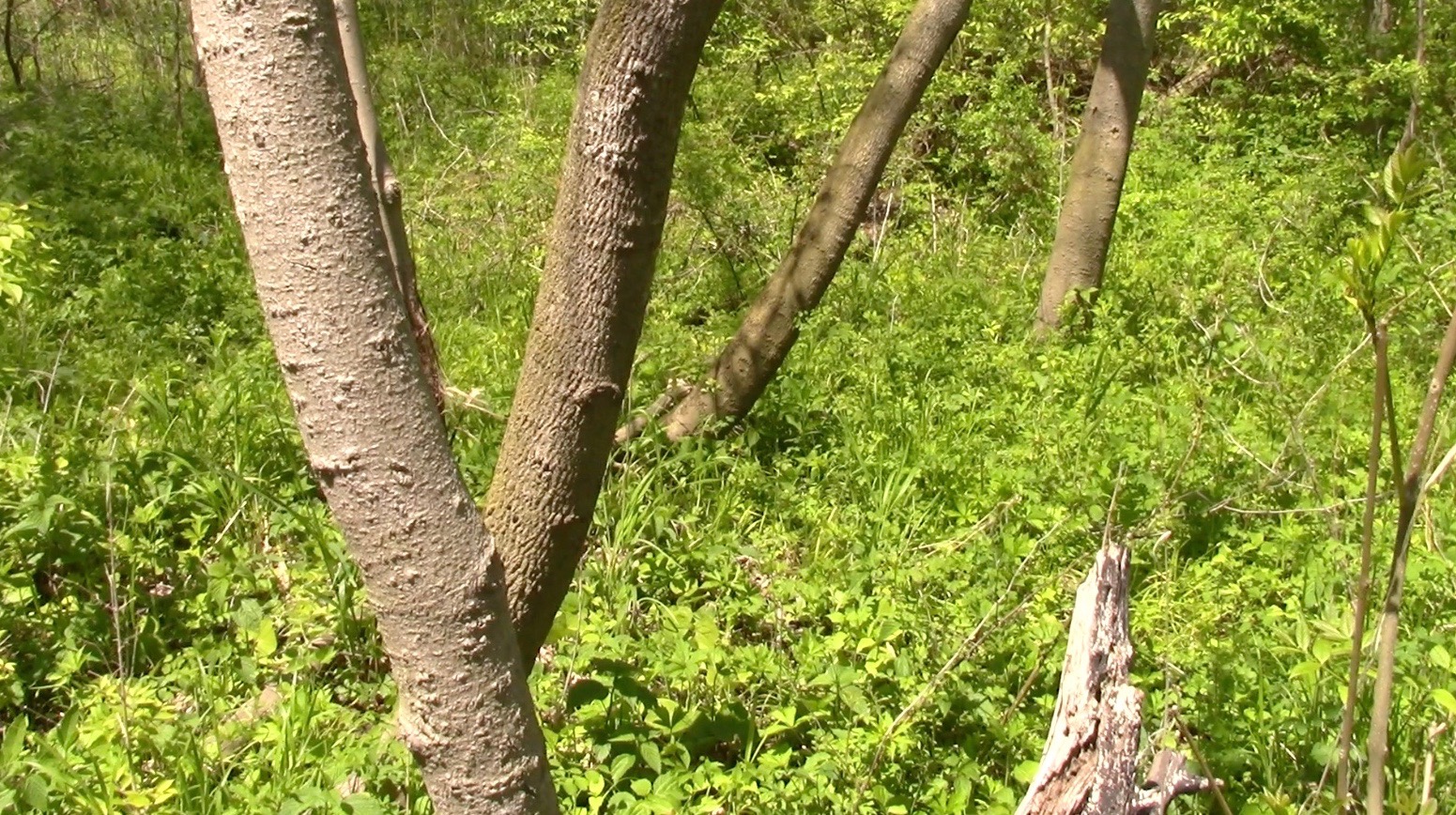
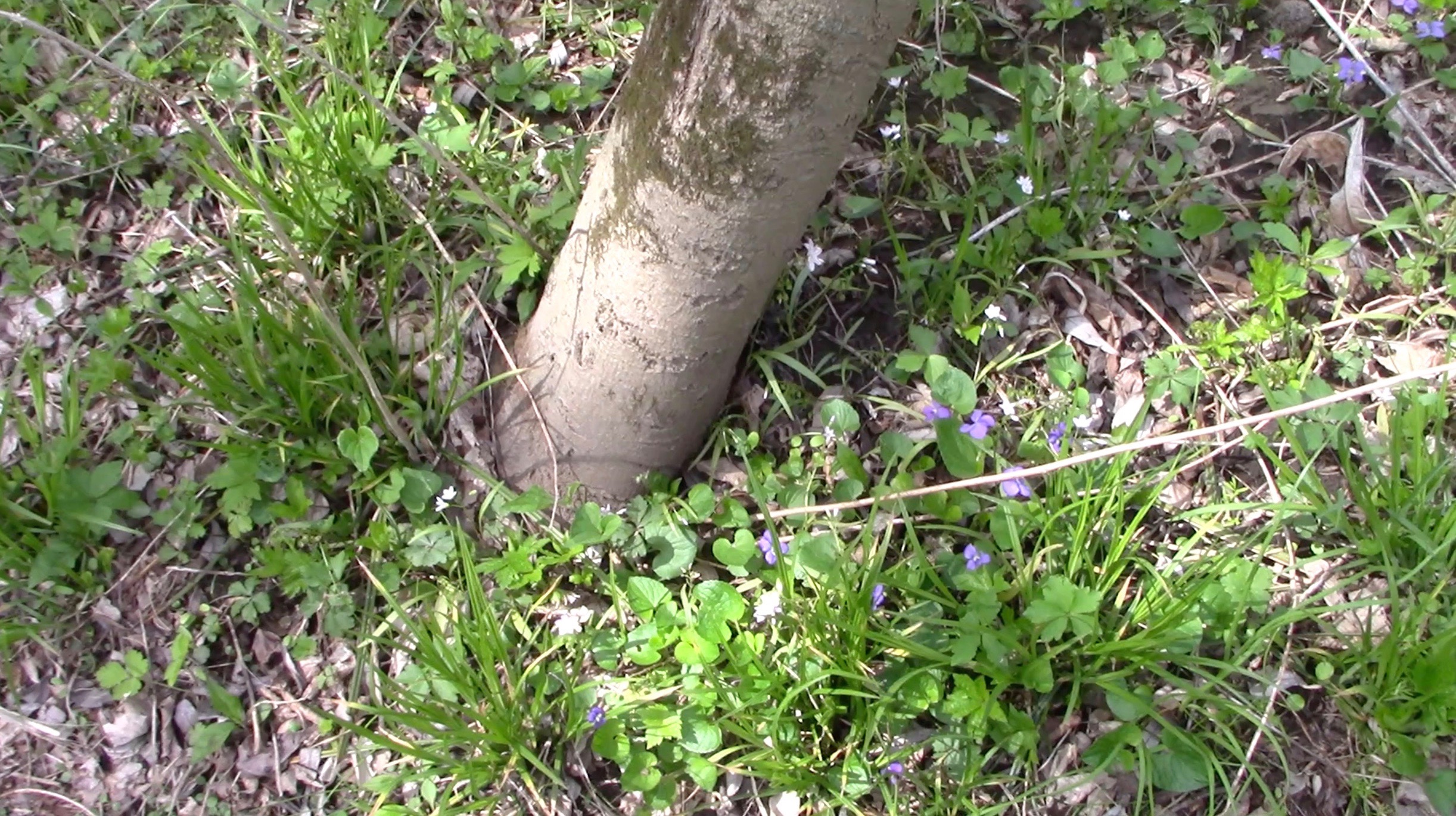
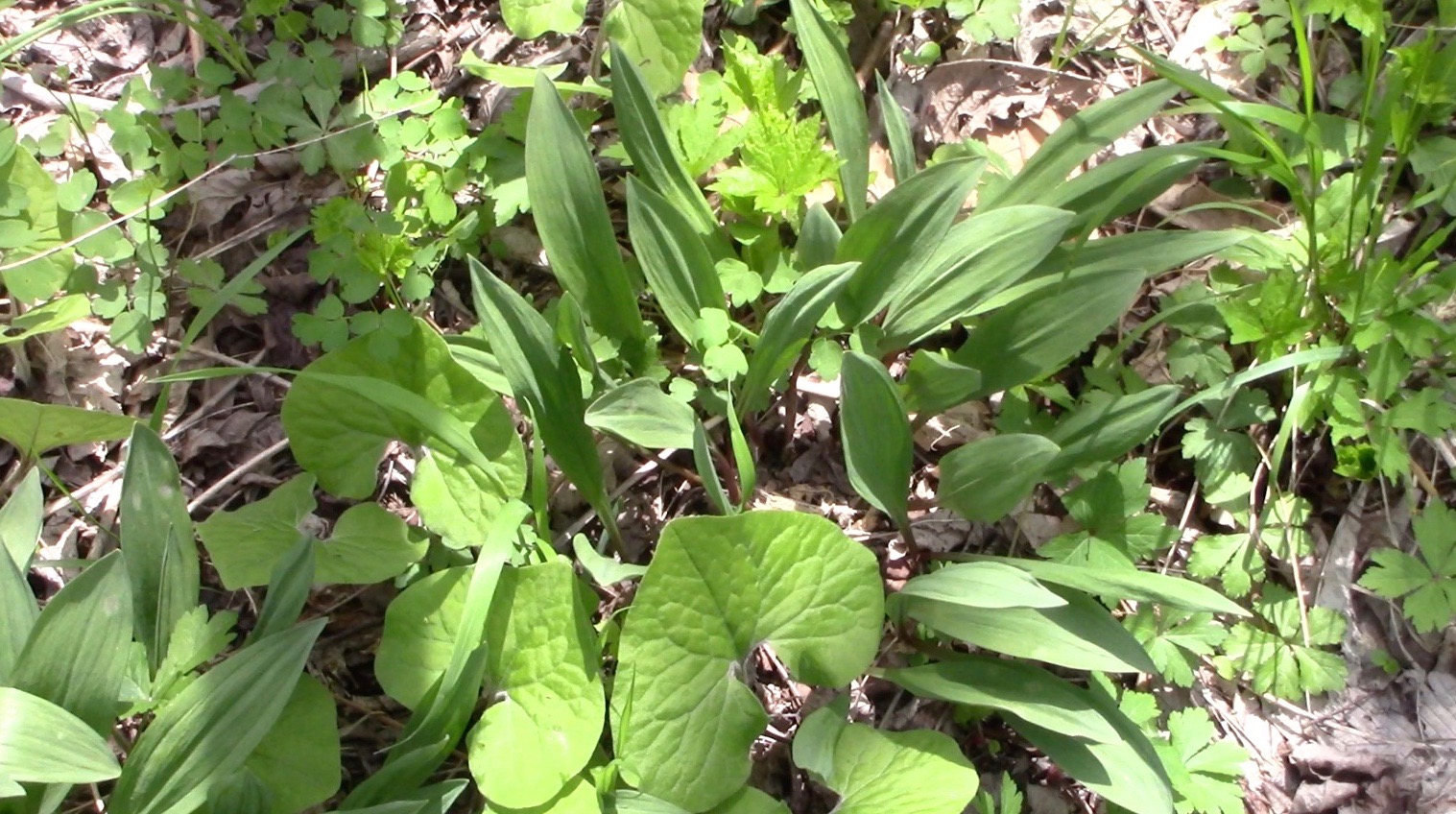
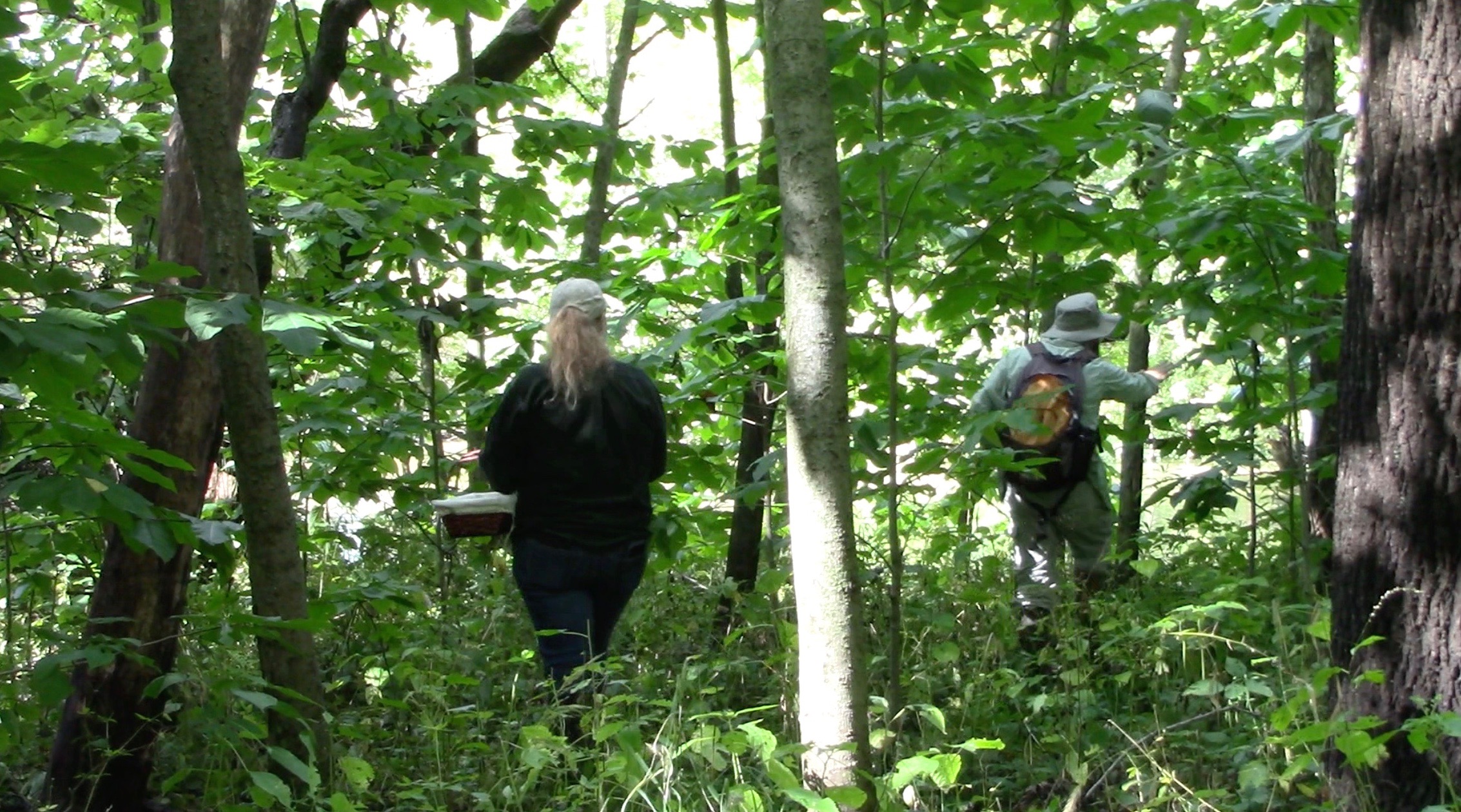
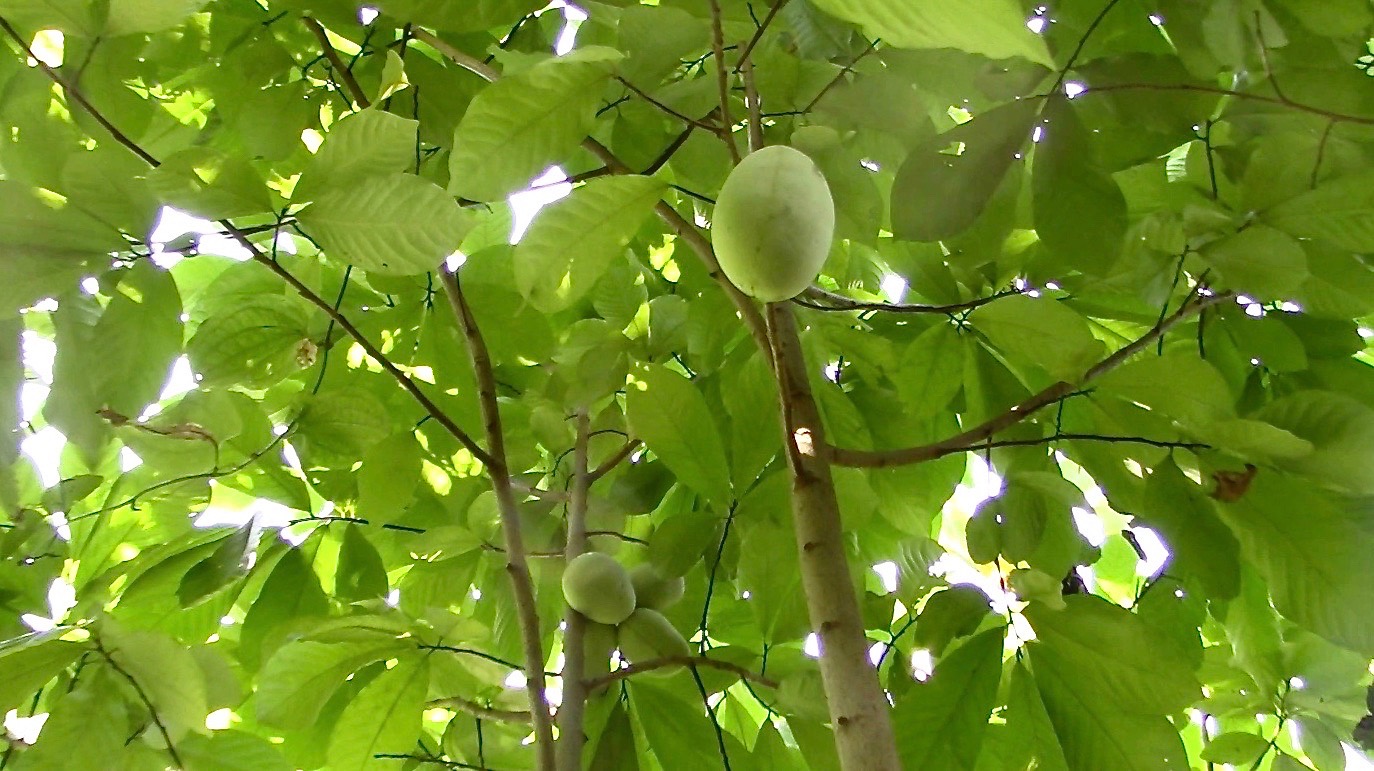
In order to ensure safe passage through an animal, the seeds must fully mature and harden before the pulp does. Even if an unripe fruit falls early, animals tend to leave it alone: the skin and pulp remain unpalatable until fully ripe. Even insects avoid unripe fruit. As well, the seeds are and remain exceedingly poisonous to all mammals — thus ensuring that rodents will not disturb them.
Poisonous seeds and thin, fragile skin easily bruised, as well as brown signifying a well-ripened fruit, means that this fruit still hasn't been turned into a commercial food. People do plant pawpaw orchards, but more for their own consumption and as a U-pick seasonal endeavor. (24 September 2021)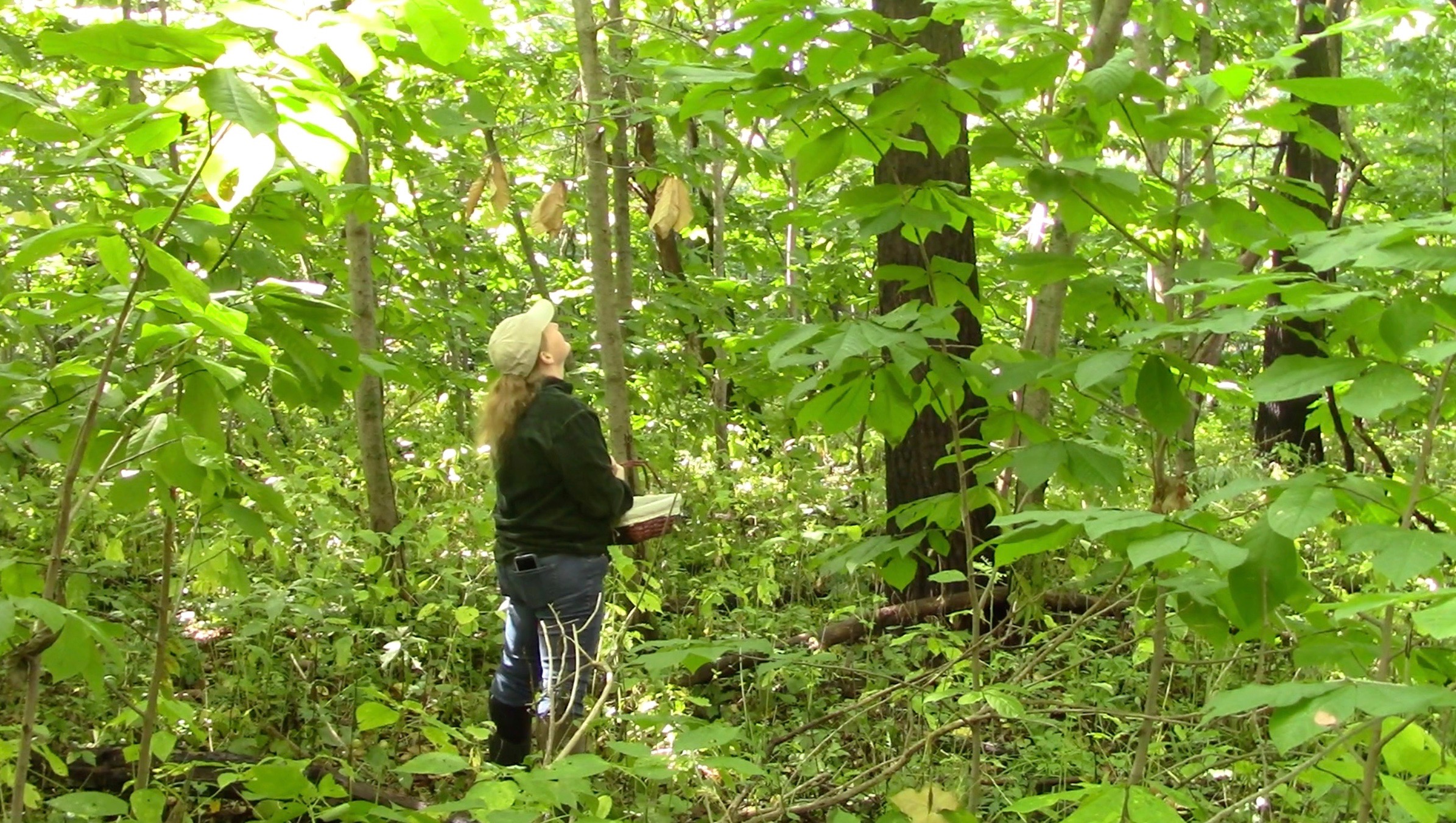
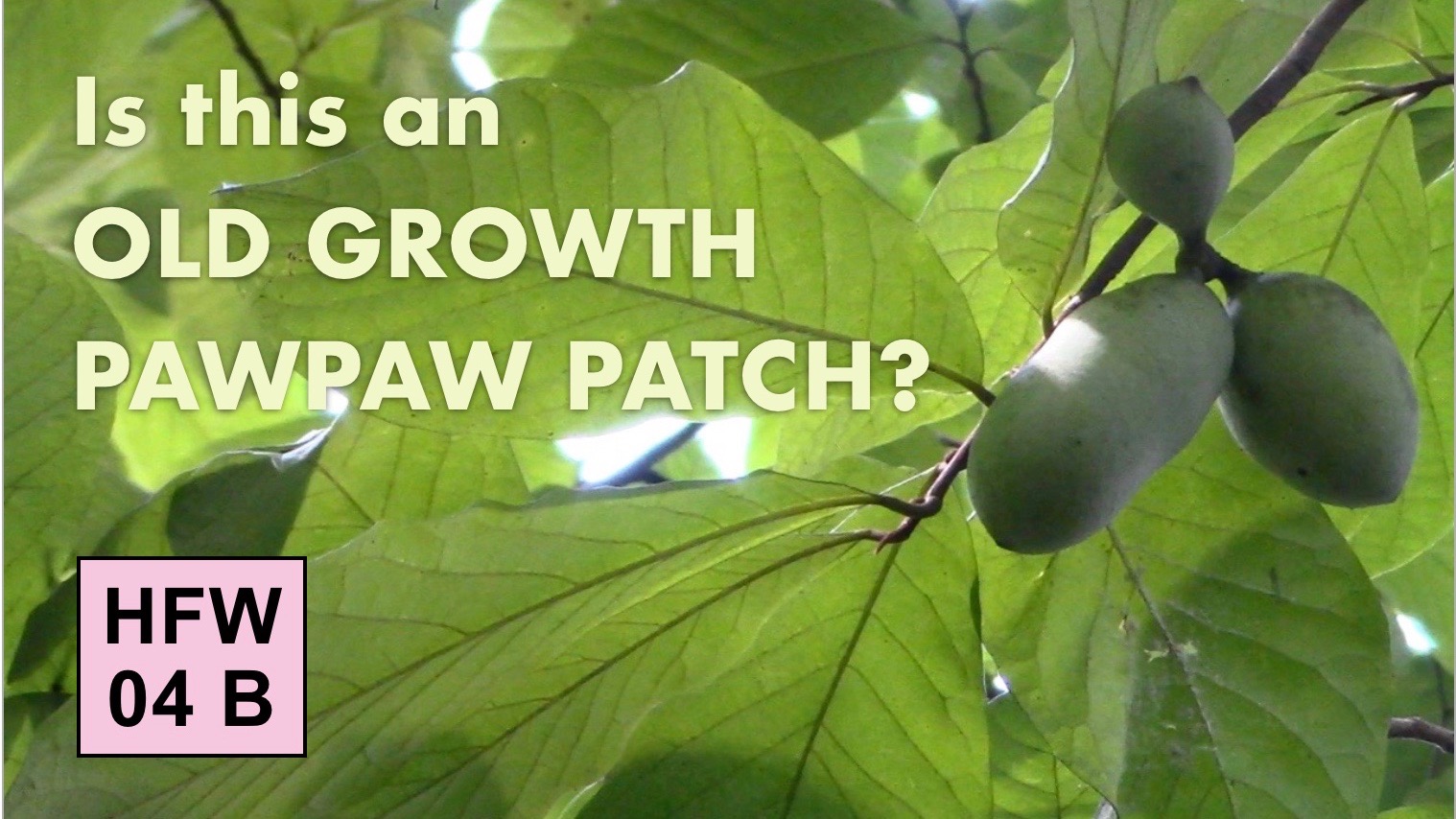
VIDEO: Helping Forests Walk 04 B - Is this an Old Growth Pawpaw Patch? (Michigan, 2021)
where overpopulated deer have plundered edible saplings of n
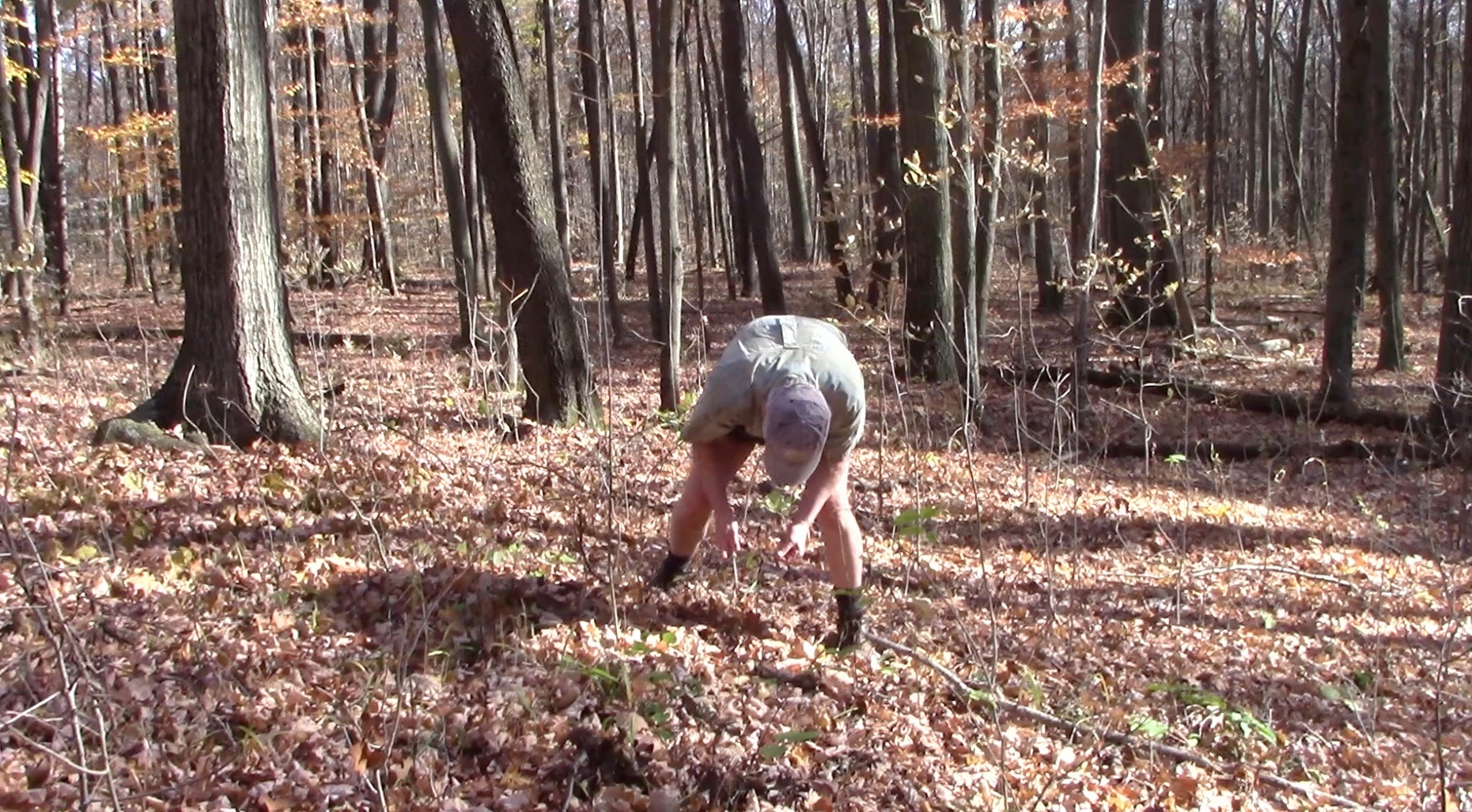
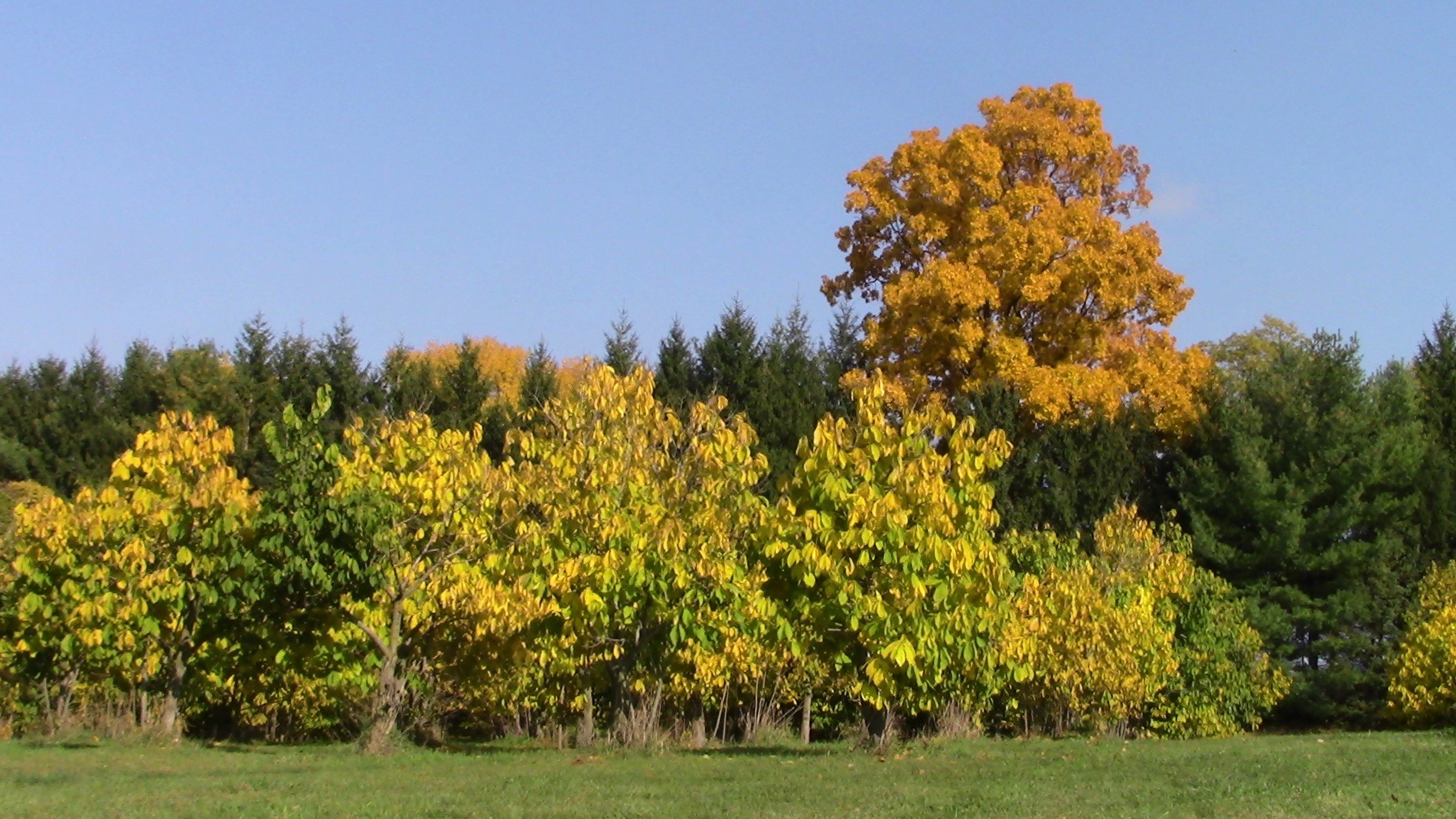
IMPORTANT! Marc and other pawpaw horticulturalists have found that pawpaw must be protected from full-sun conditions when they are germinating and very young, but that eventually they can be replanted into full-sun orchard conditions. And it is full-sun conditions that encourage pawpaw to maximize their production of fruit.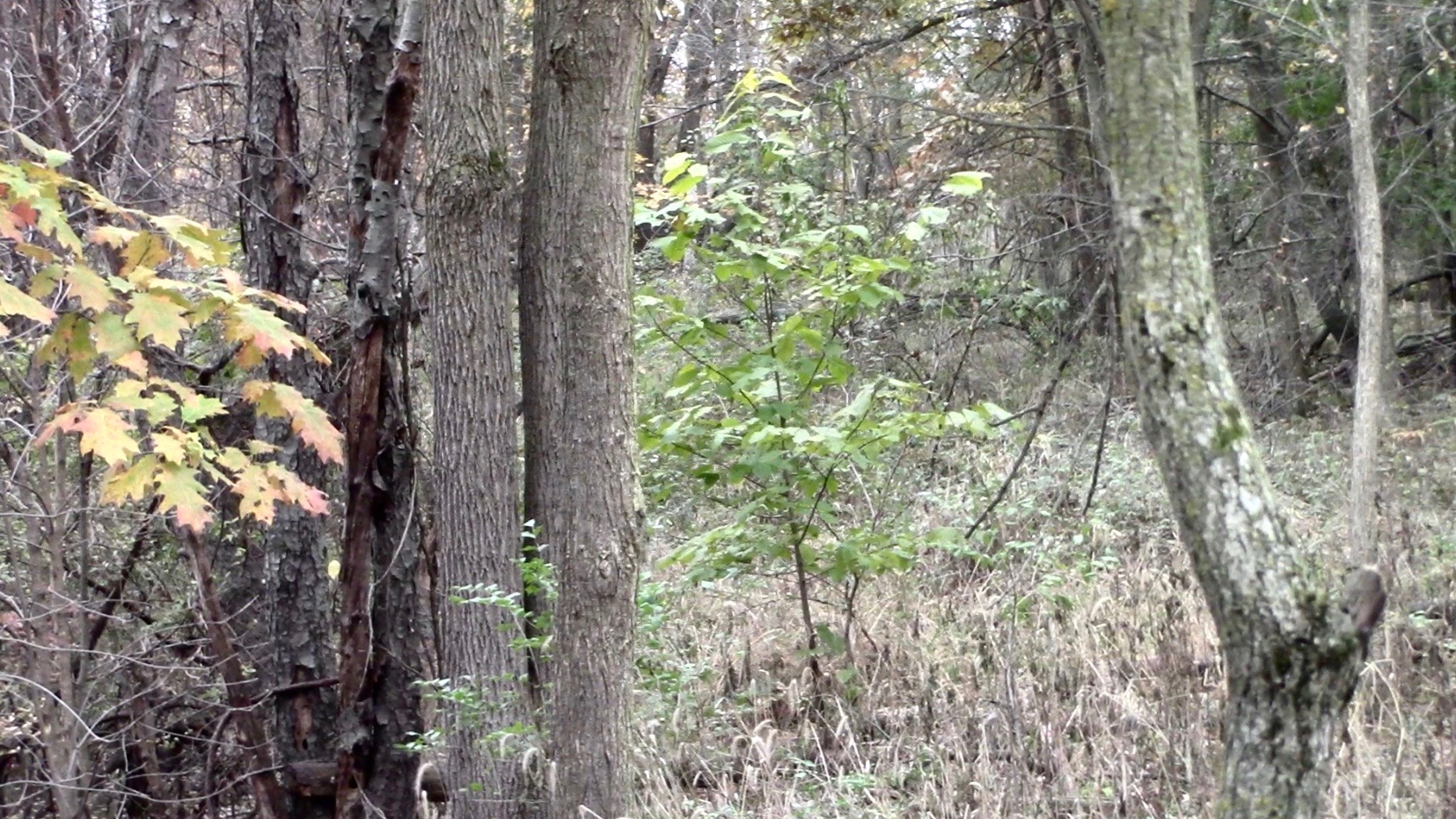
of southern Michigan (June 2022)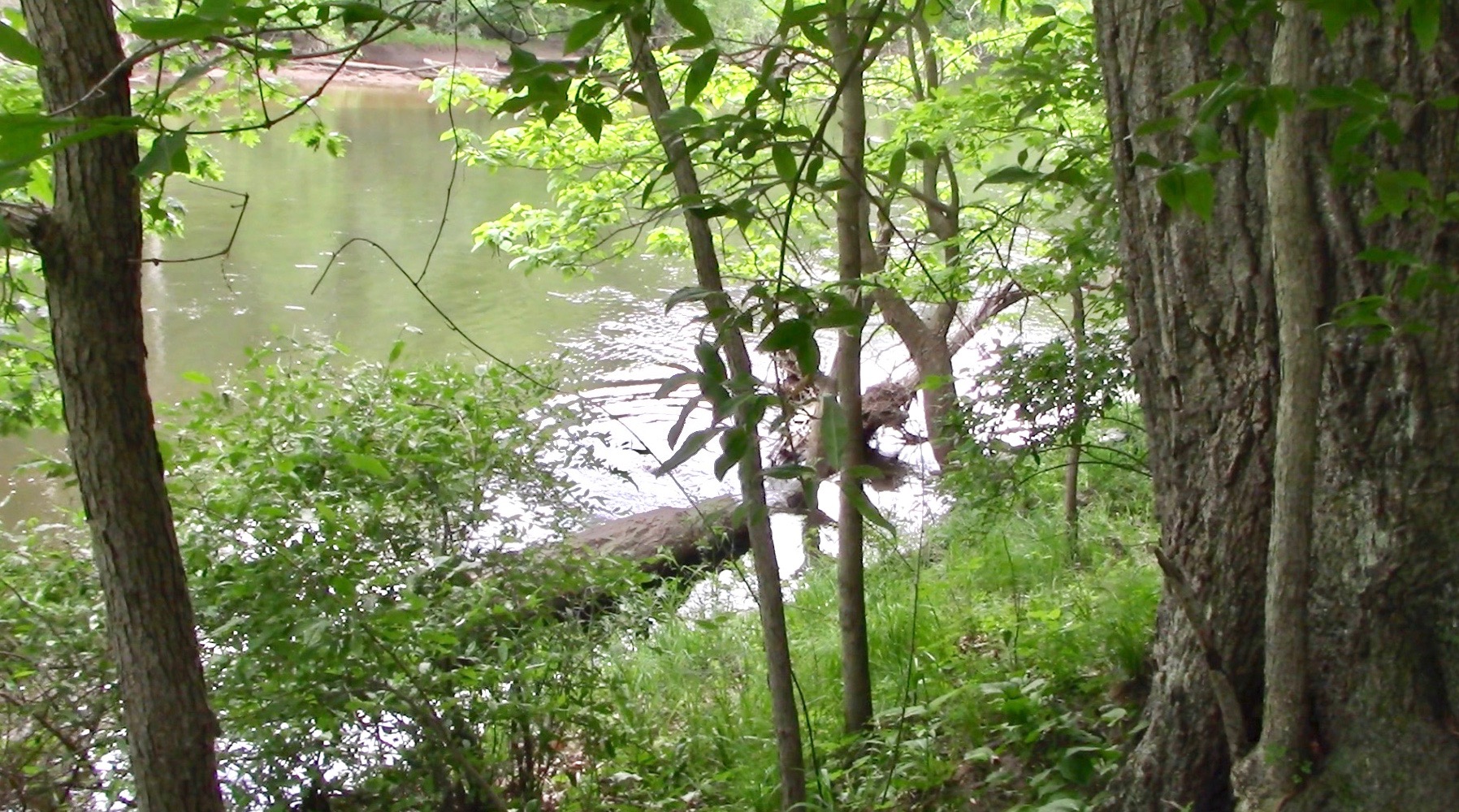
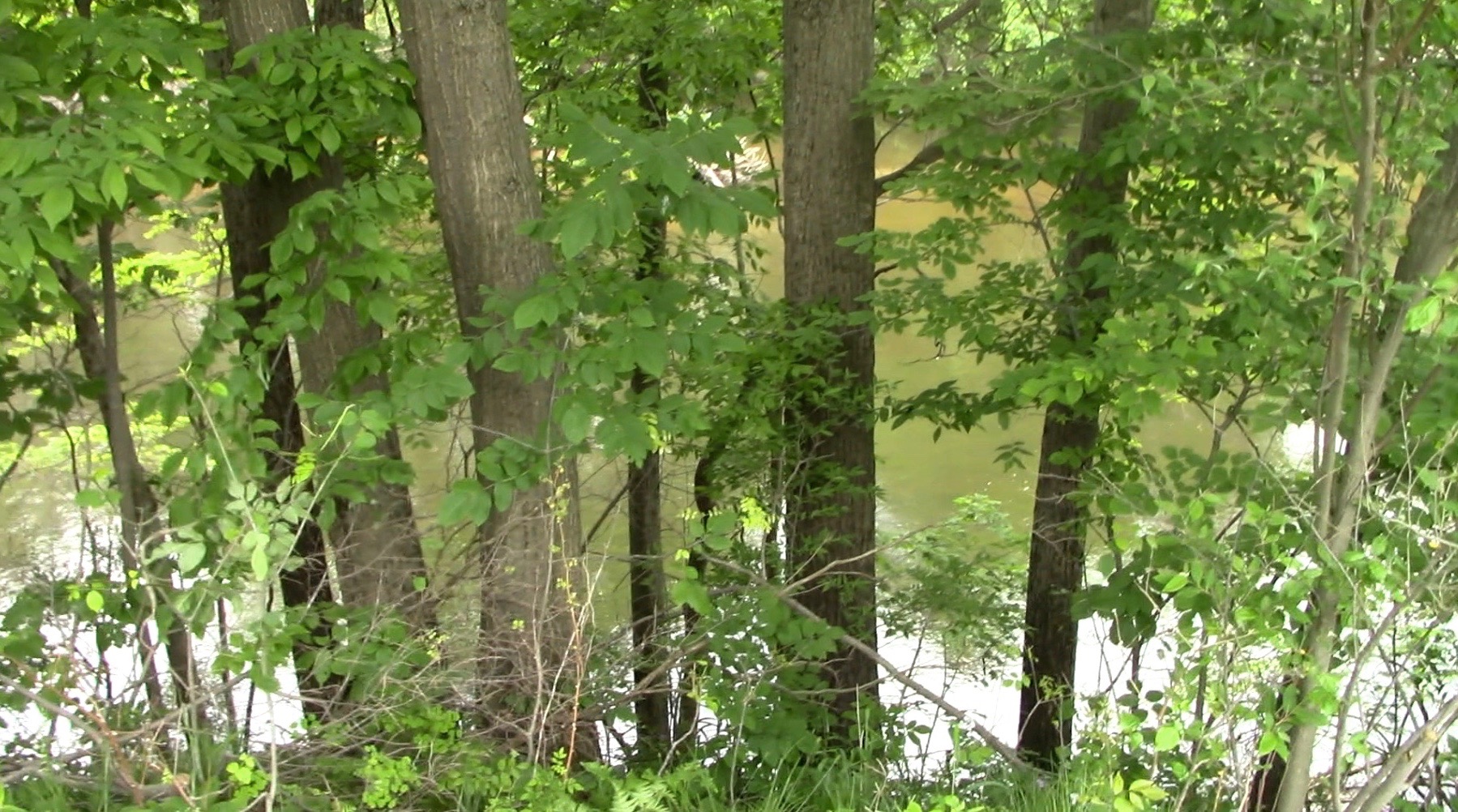
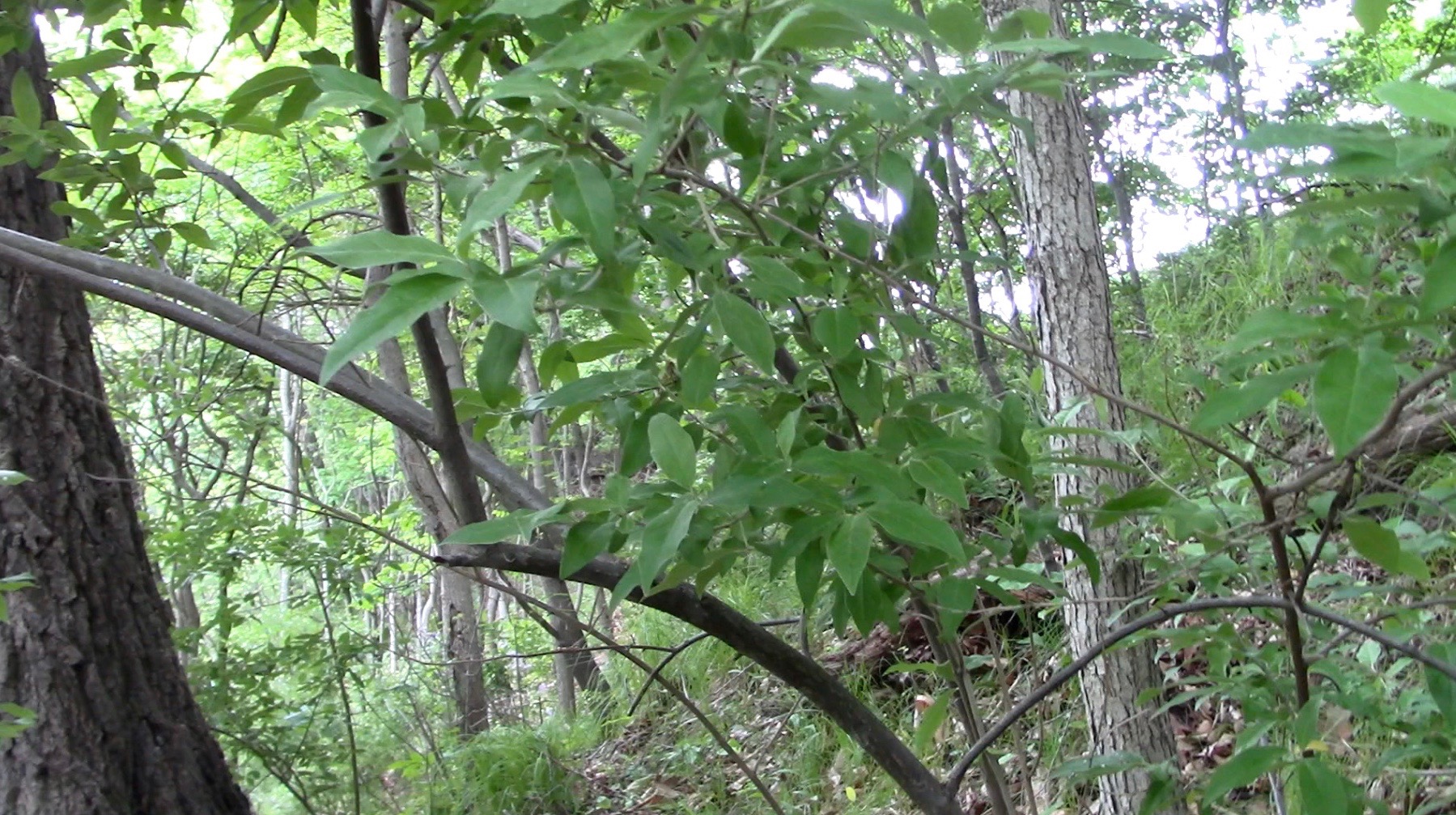
STORY: Connie says, "It is ironic that my great-great-great grandfather Nathan Barlow Sr. was buried here long after he died. He had dammed up a tributary northwest of here in order to establish a sawmill, sometime in the early 1840s. His own actions thus contributed to the deforestation that, in turn, led to immense erosion that undermined his original burial site, so he was moved to this cemetery, where his son (Nathan Barlow Jr.) and daughter-in-law (Melissa Tyler Barlow) were buried."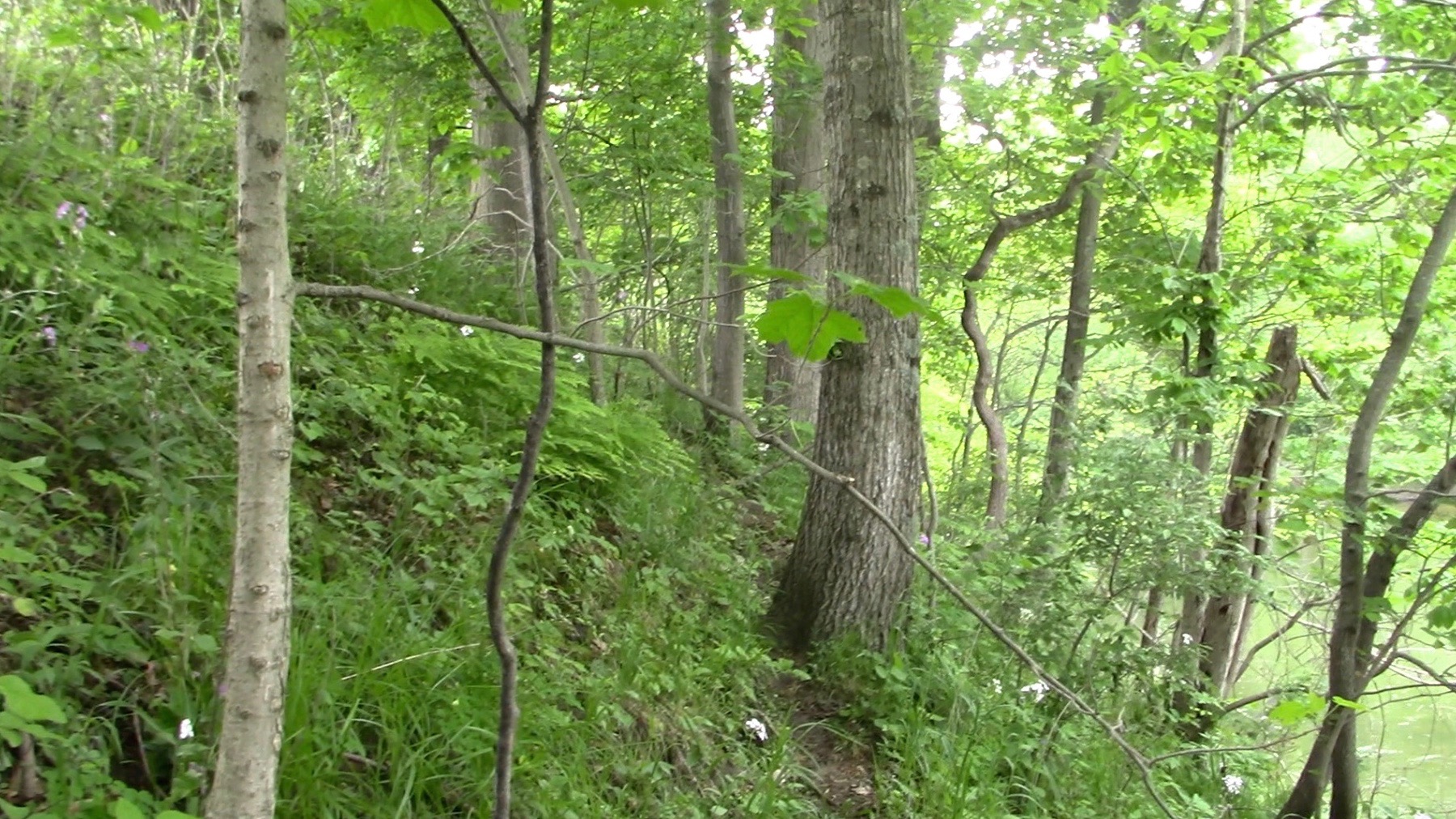
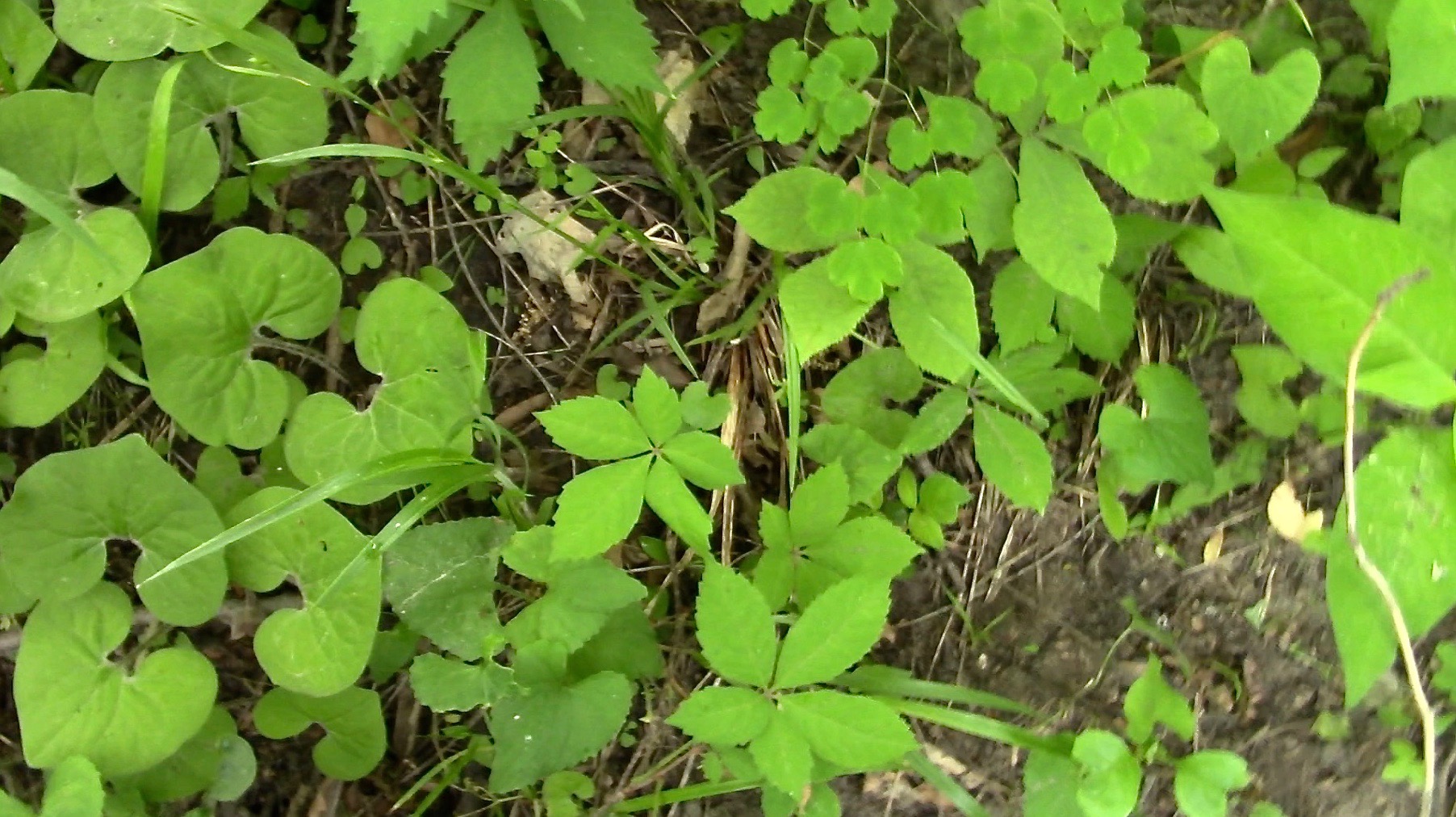
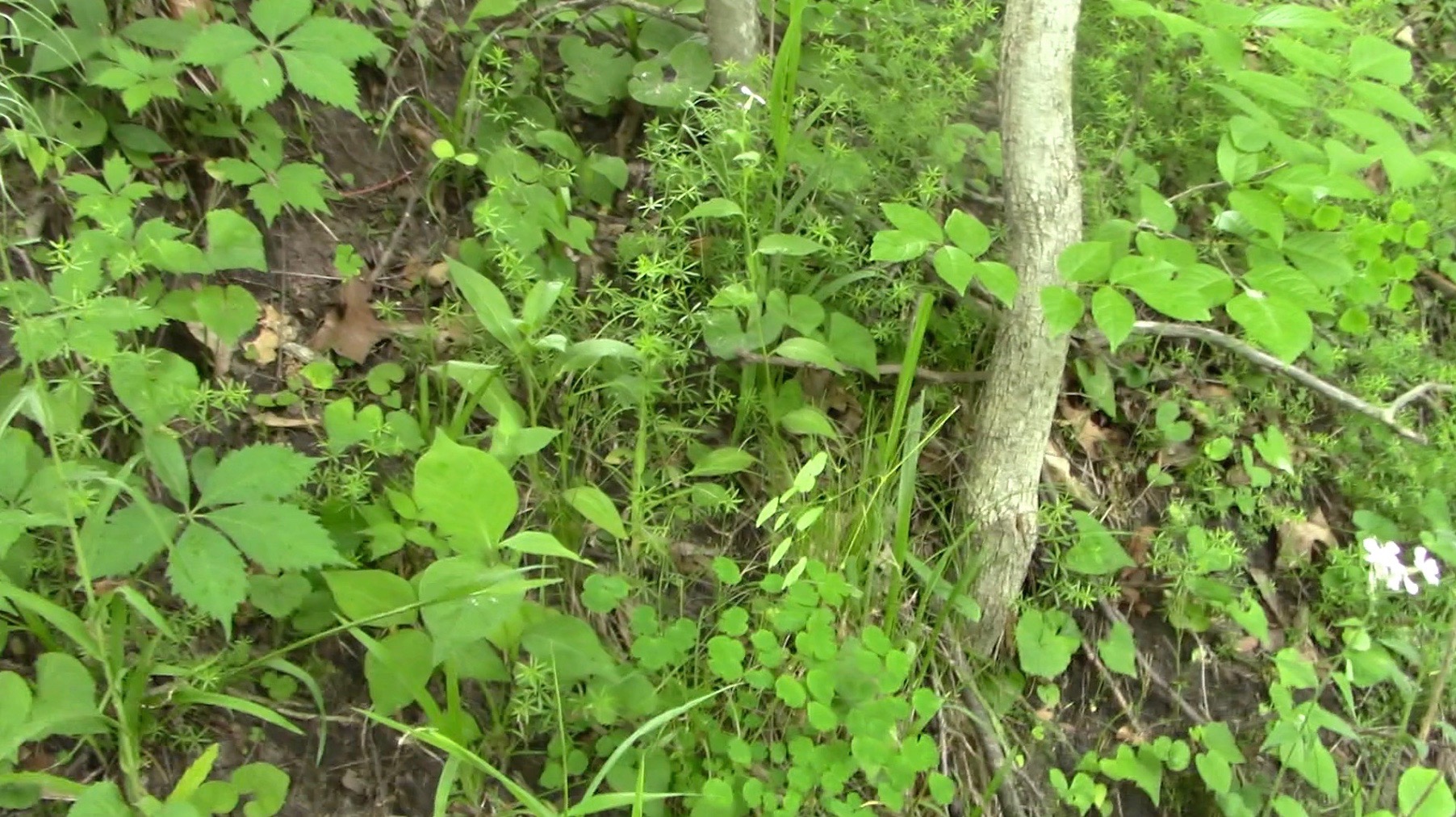
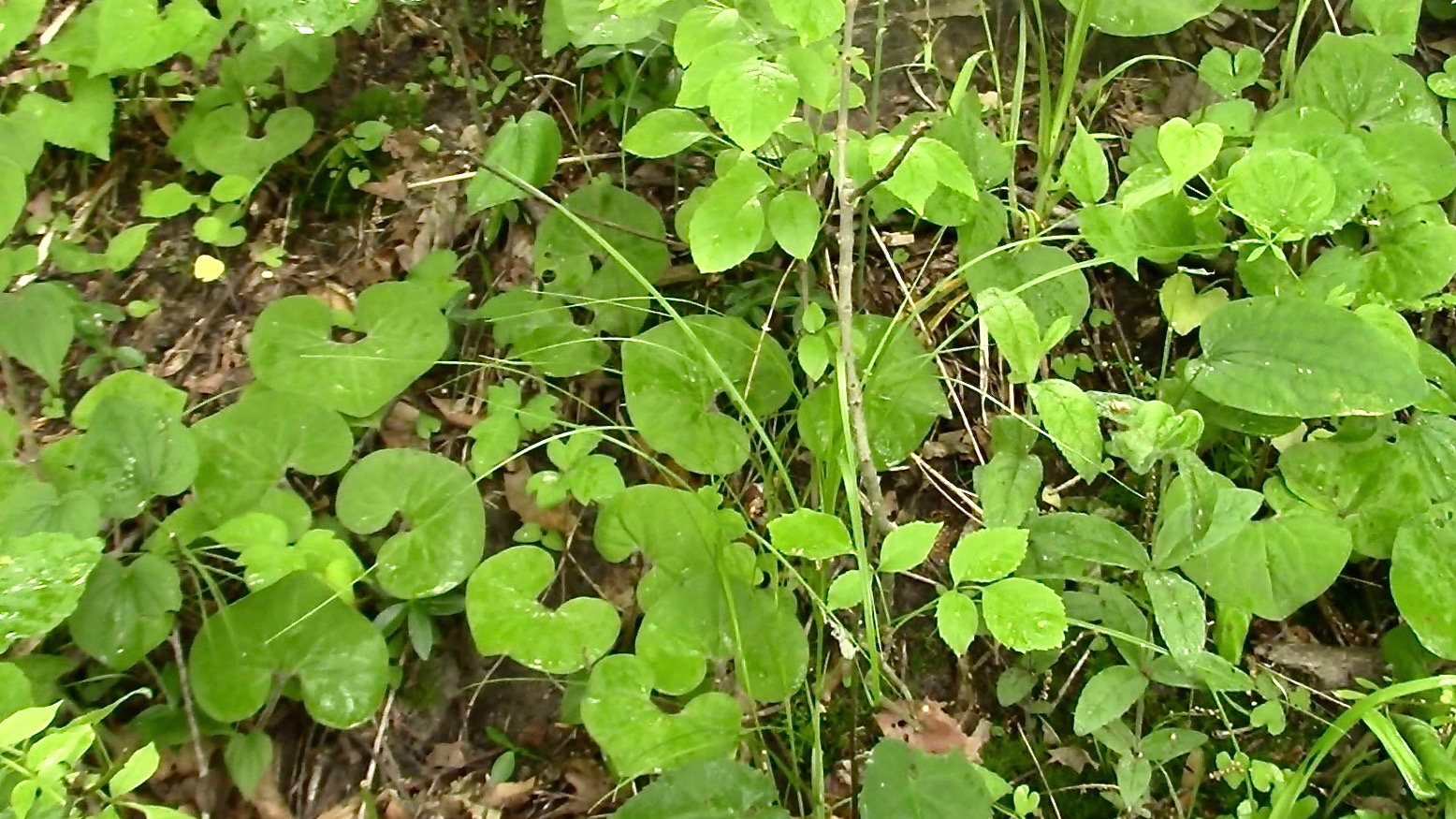
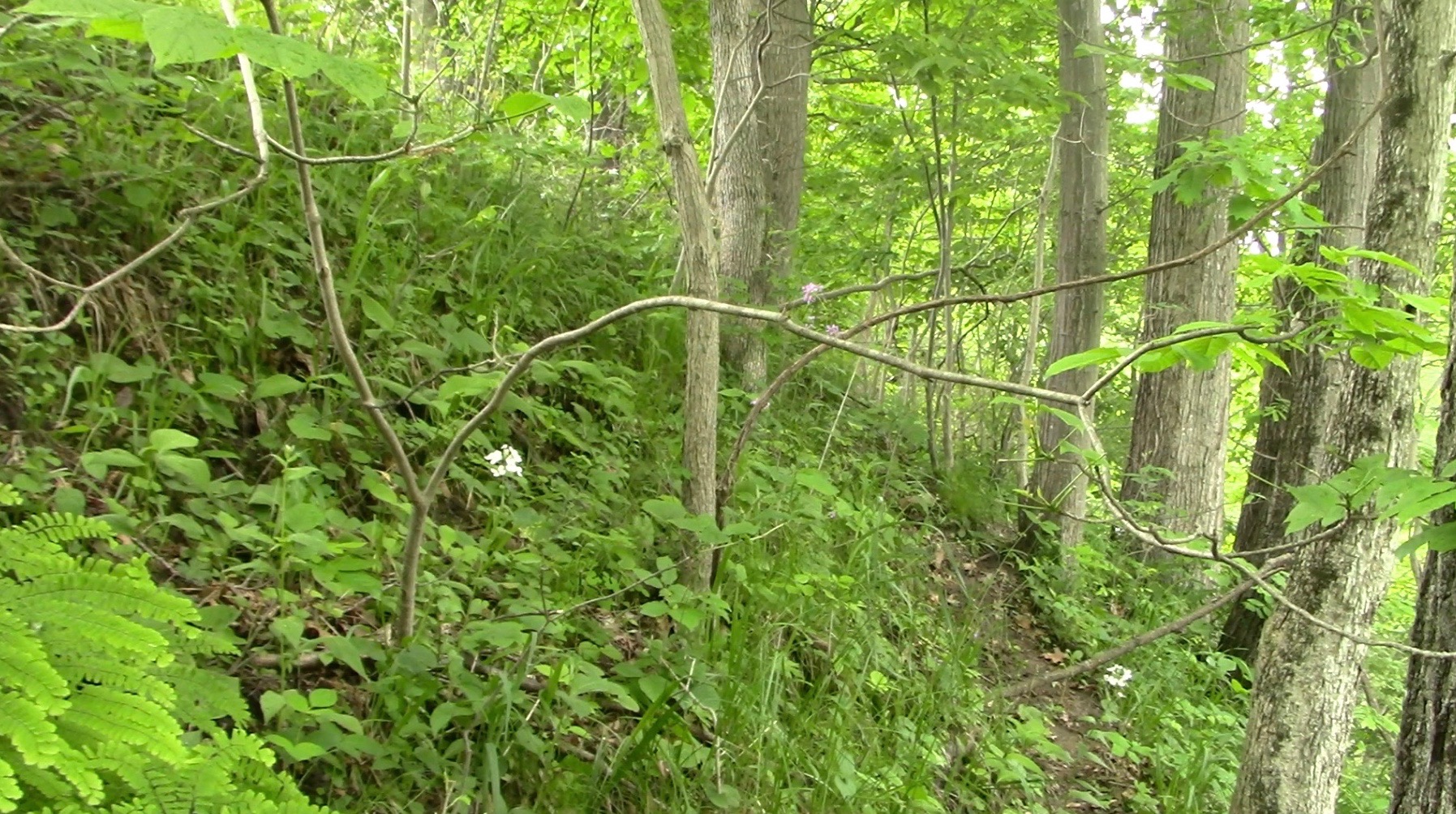
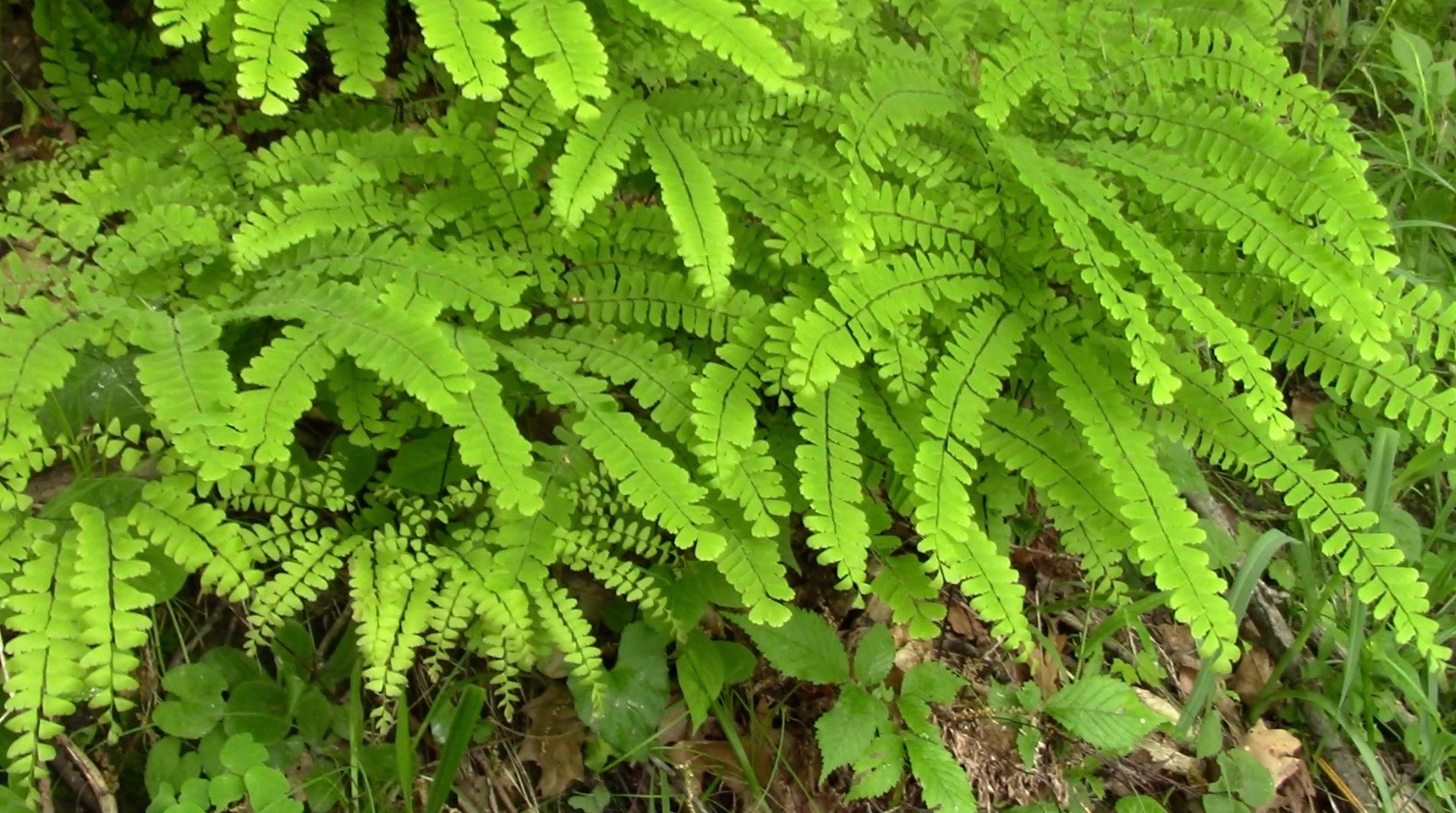
Ypsilanti, Michigan (Fall and Winter 2021)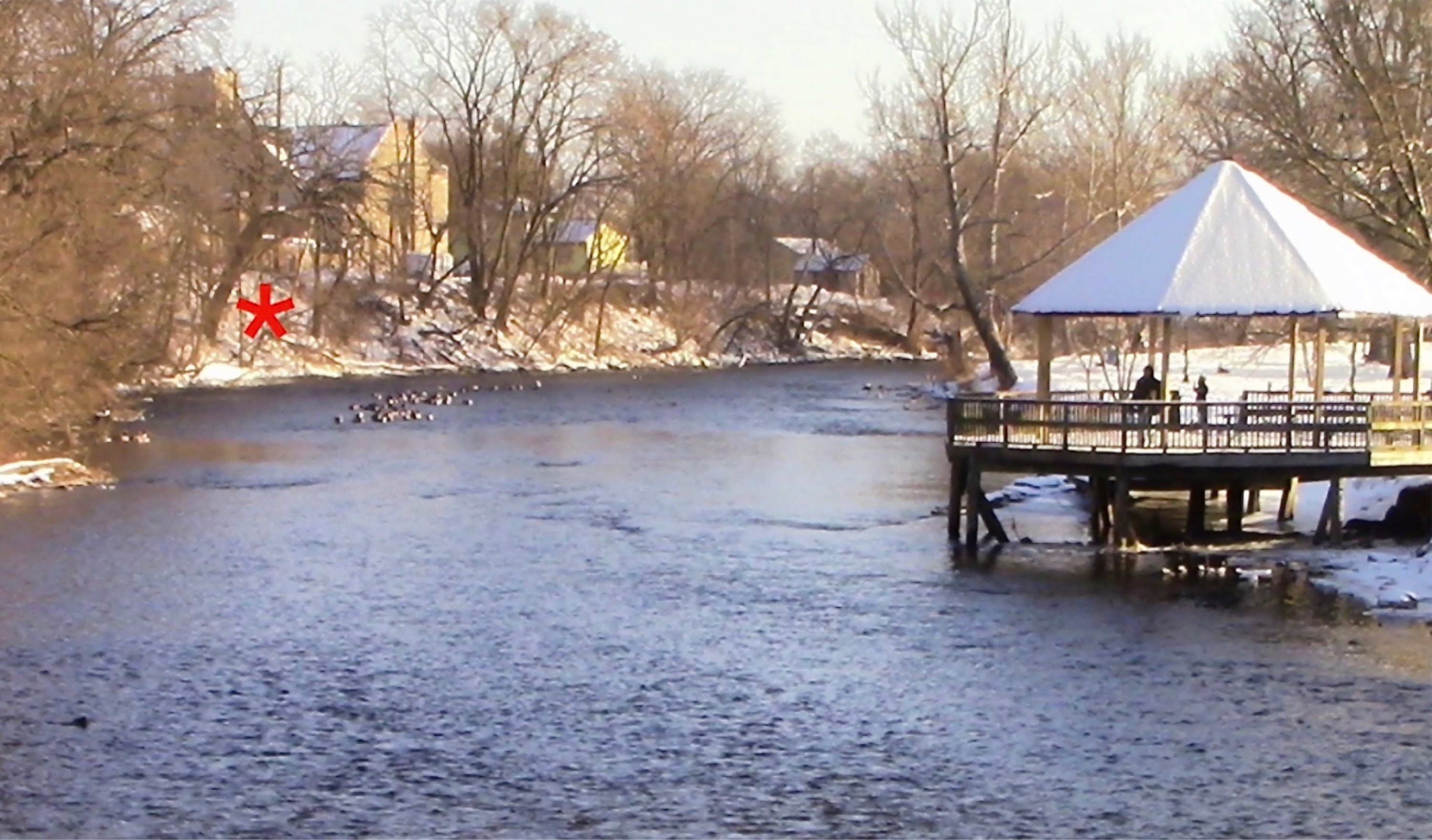
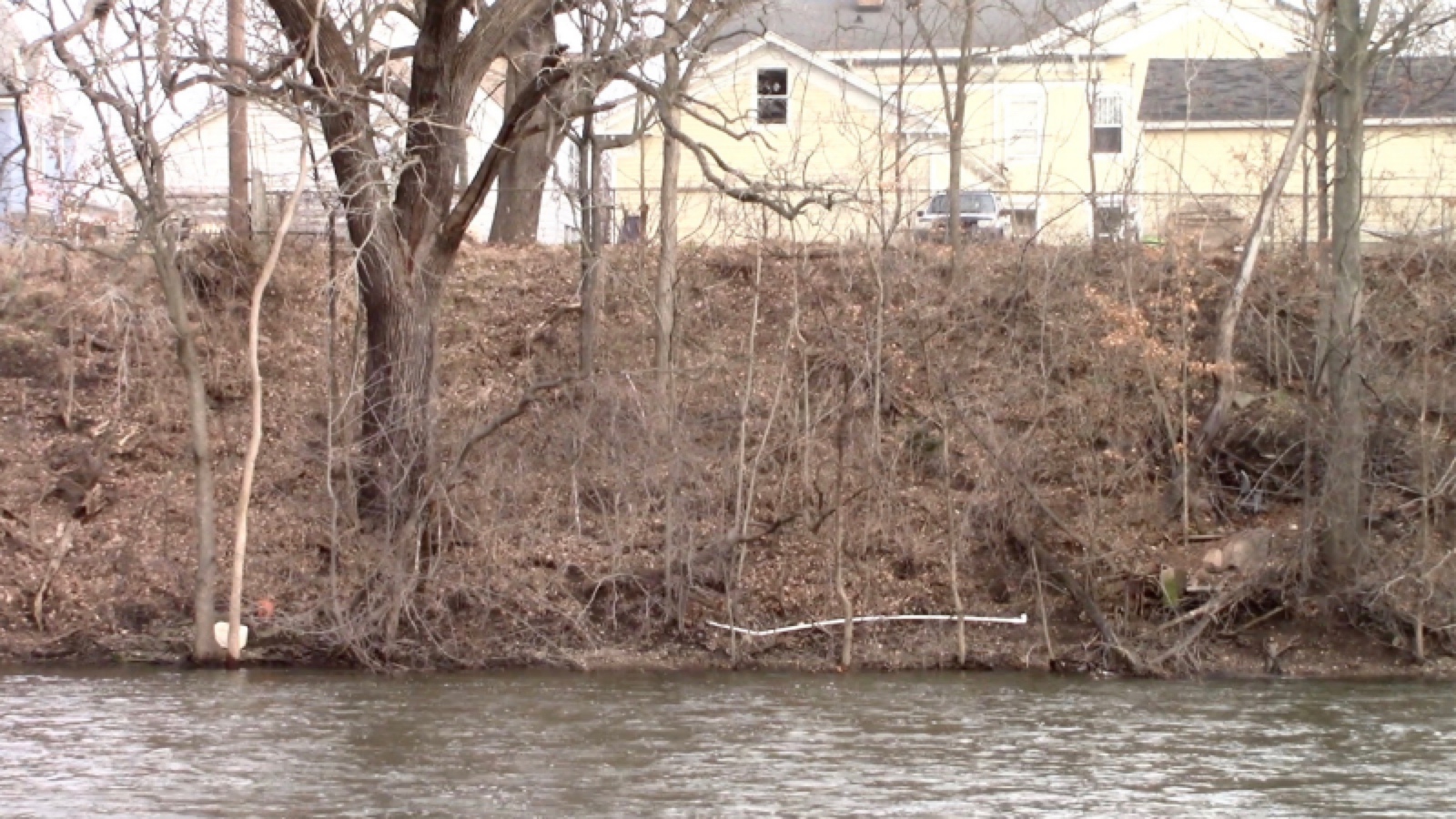
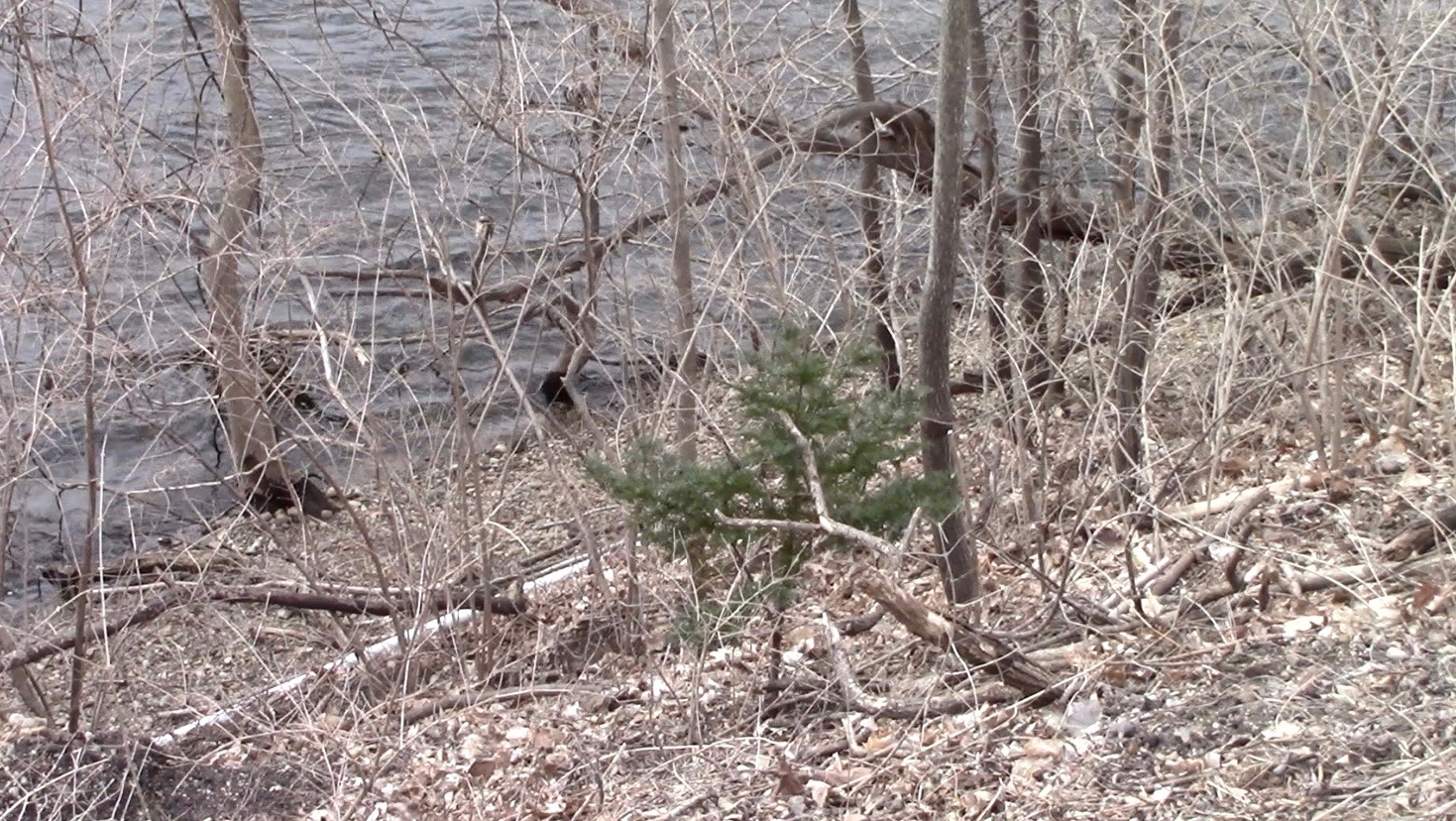
• Helping Forests Walk 04 - Helping Subcanopy Trees Migrate.
That video is 50 minutes long. Connie created it as advocacy in support of "helping forests walk" at a pace to keep up with climate change. It features pawpaw and, to a lesser extent, Florida Torreya. As well, Connie urges her colleagues in dominant culture to learn about how the values inherent in Indigenous worldviews can lead our way forward.
Additional ecological information on pawpaw/asimen can be accessed here:
• Pawpaw Ecological Survey in Michigan